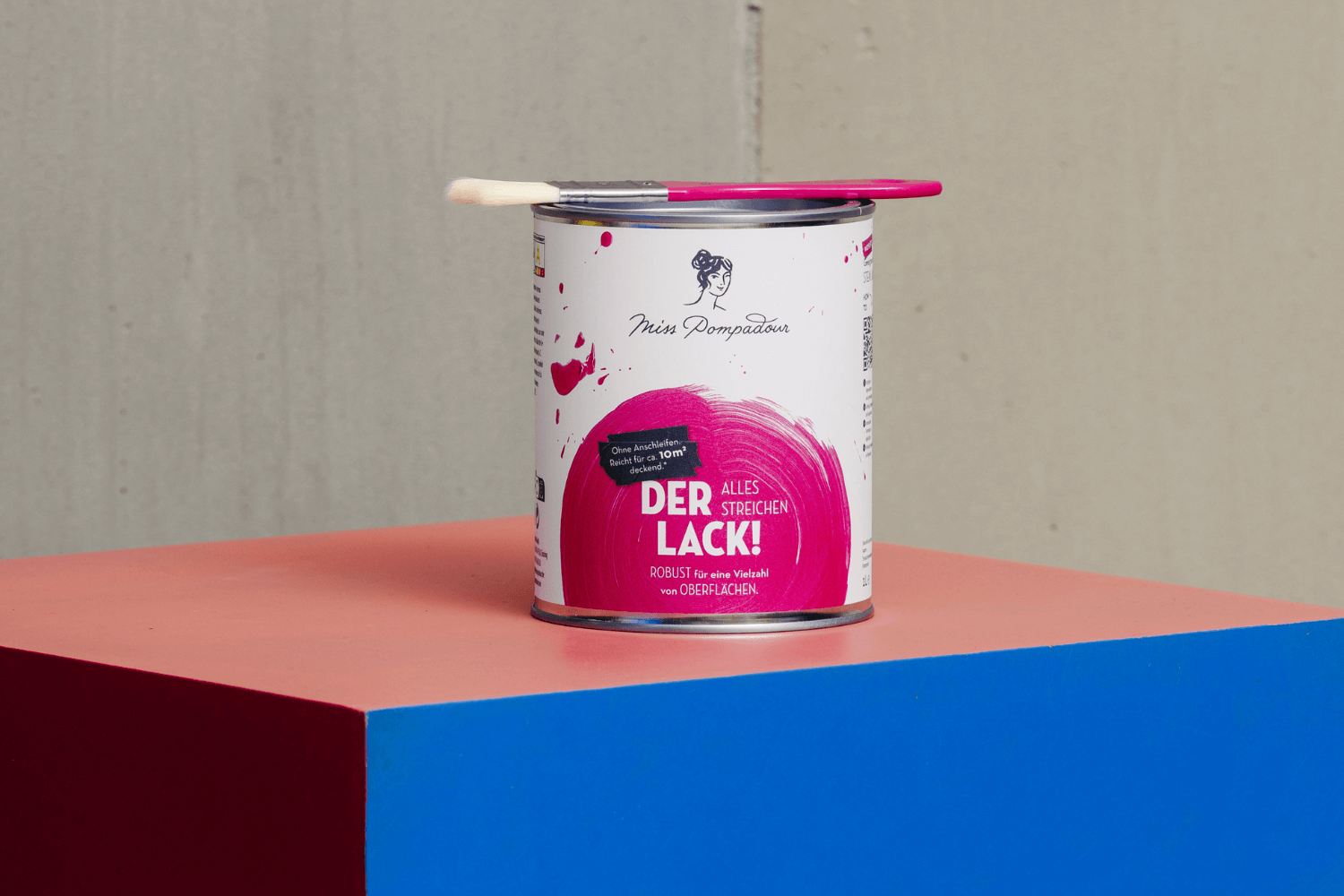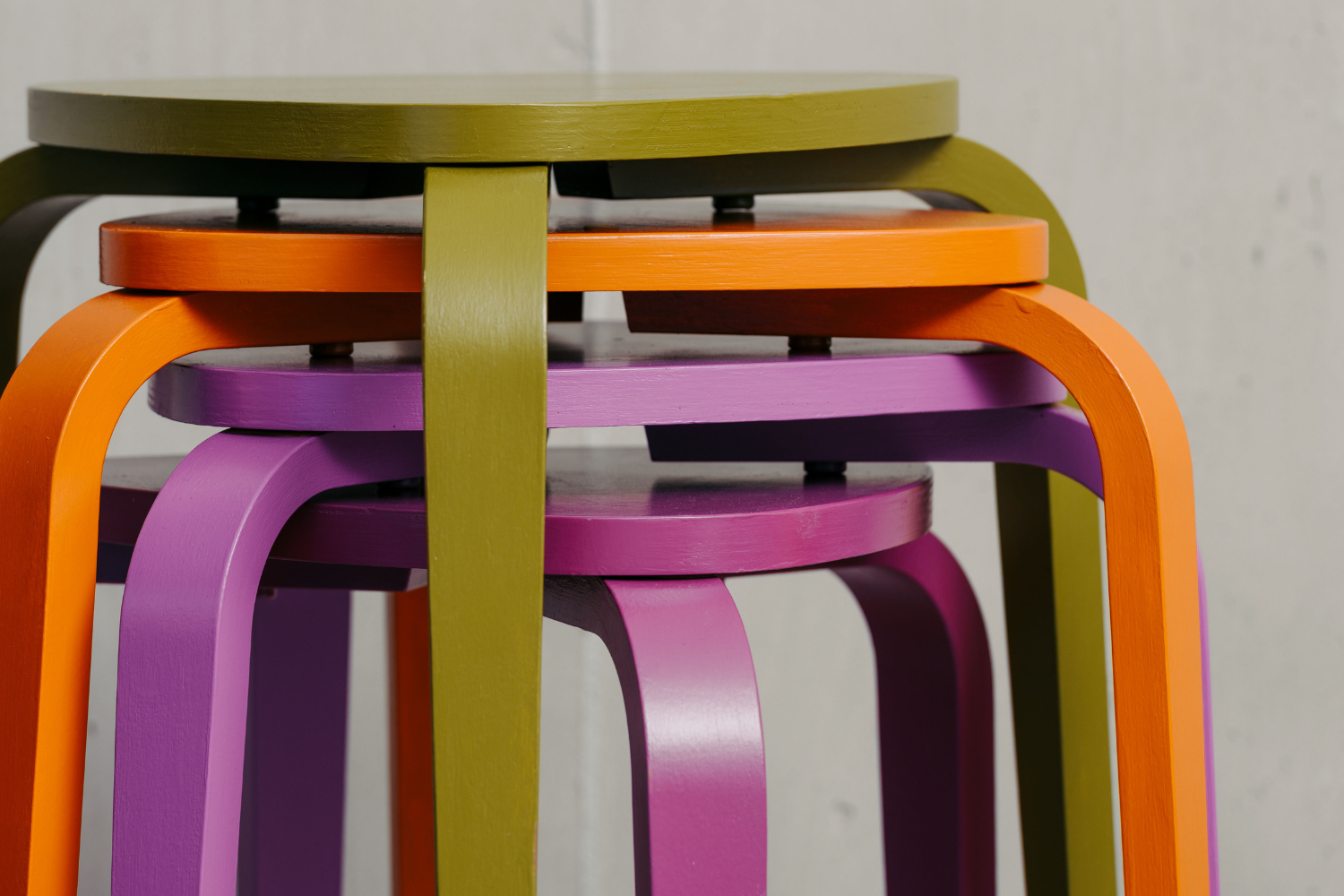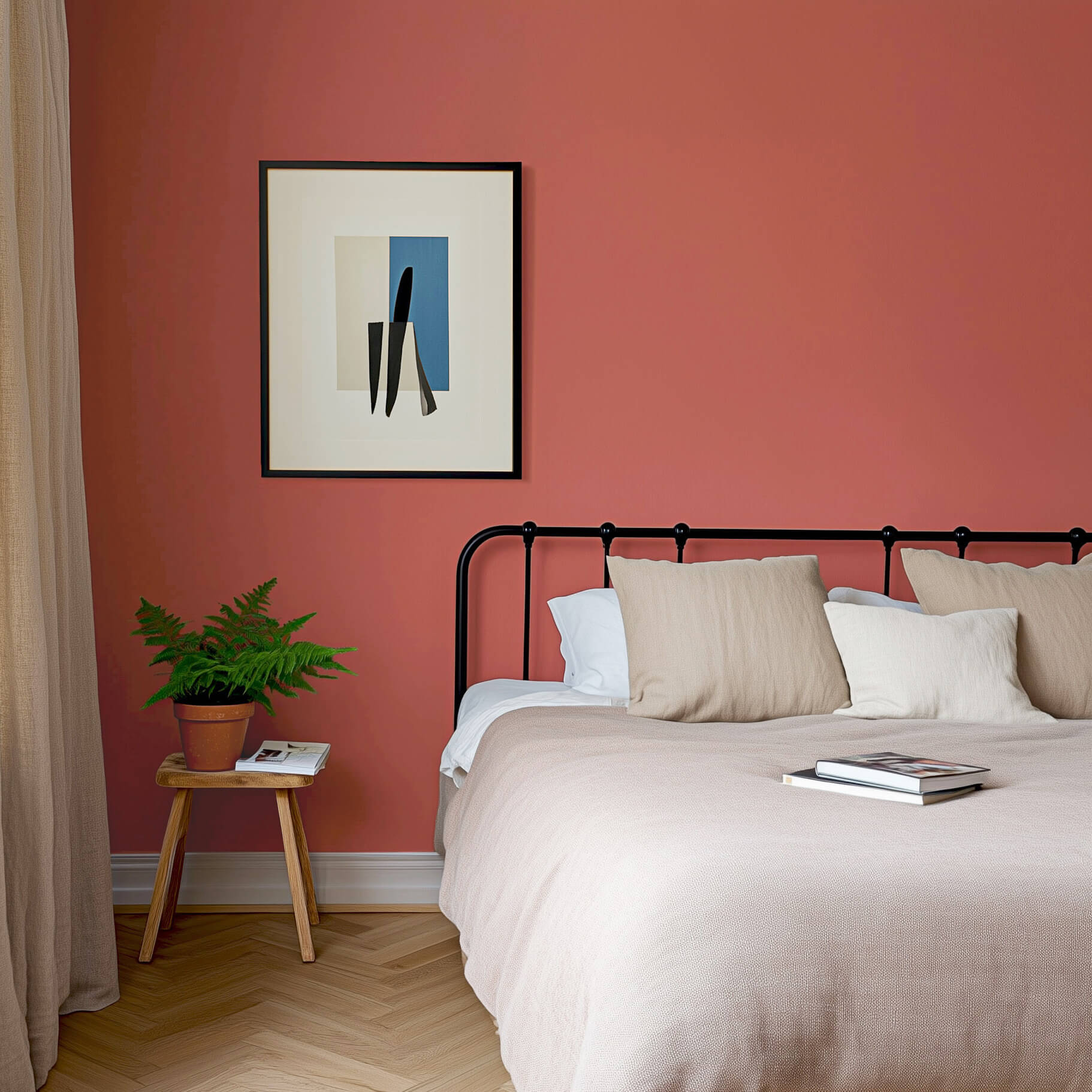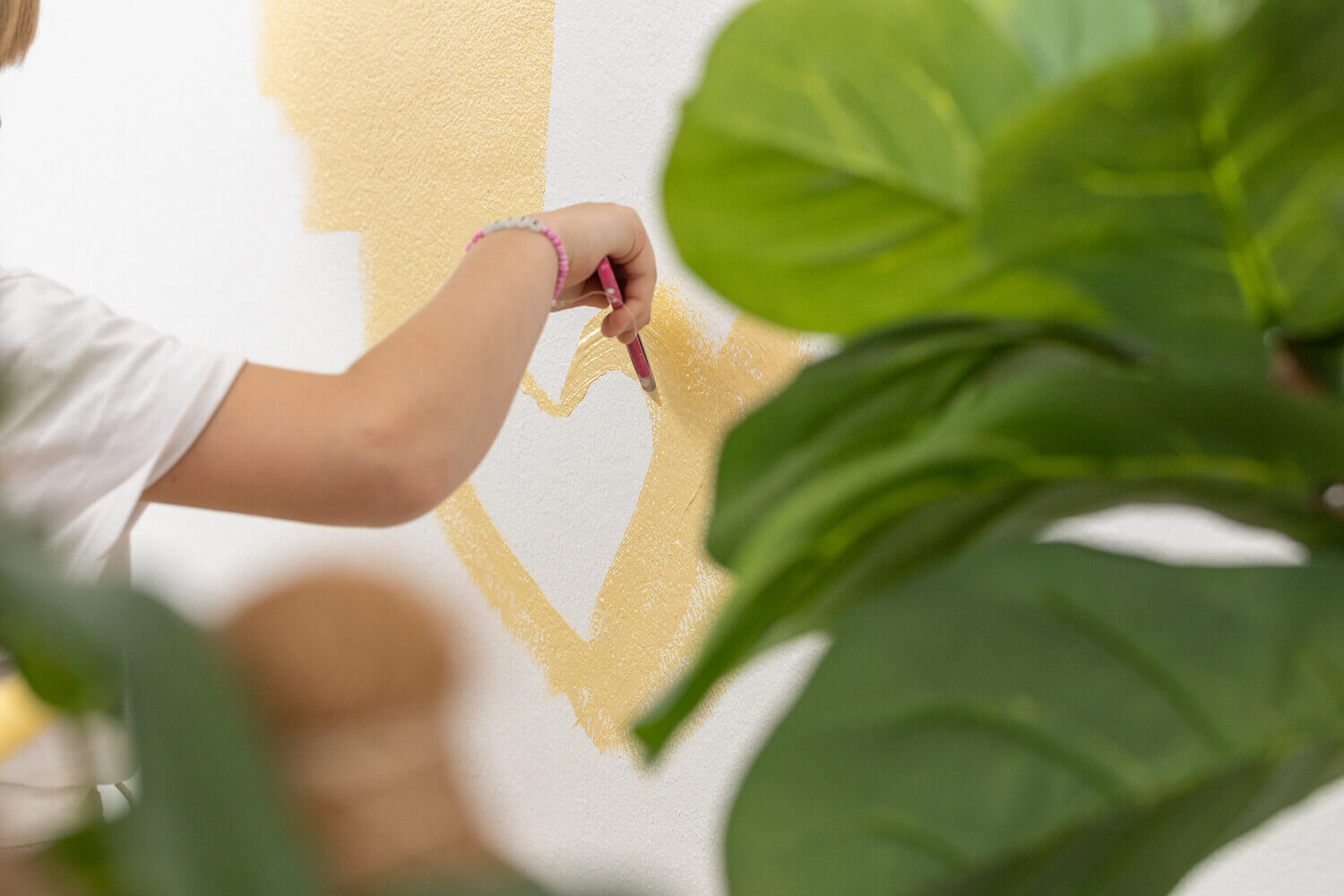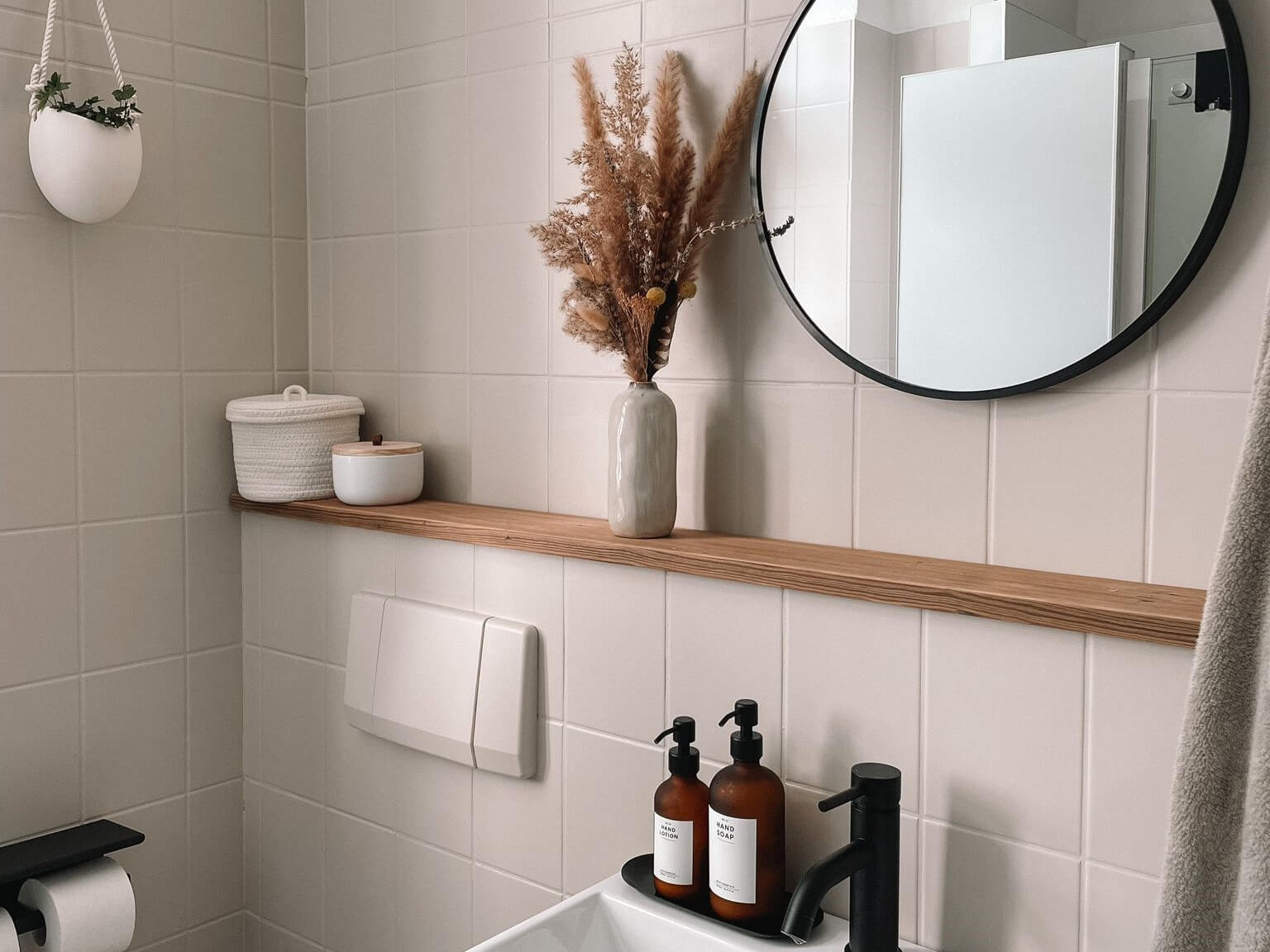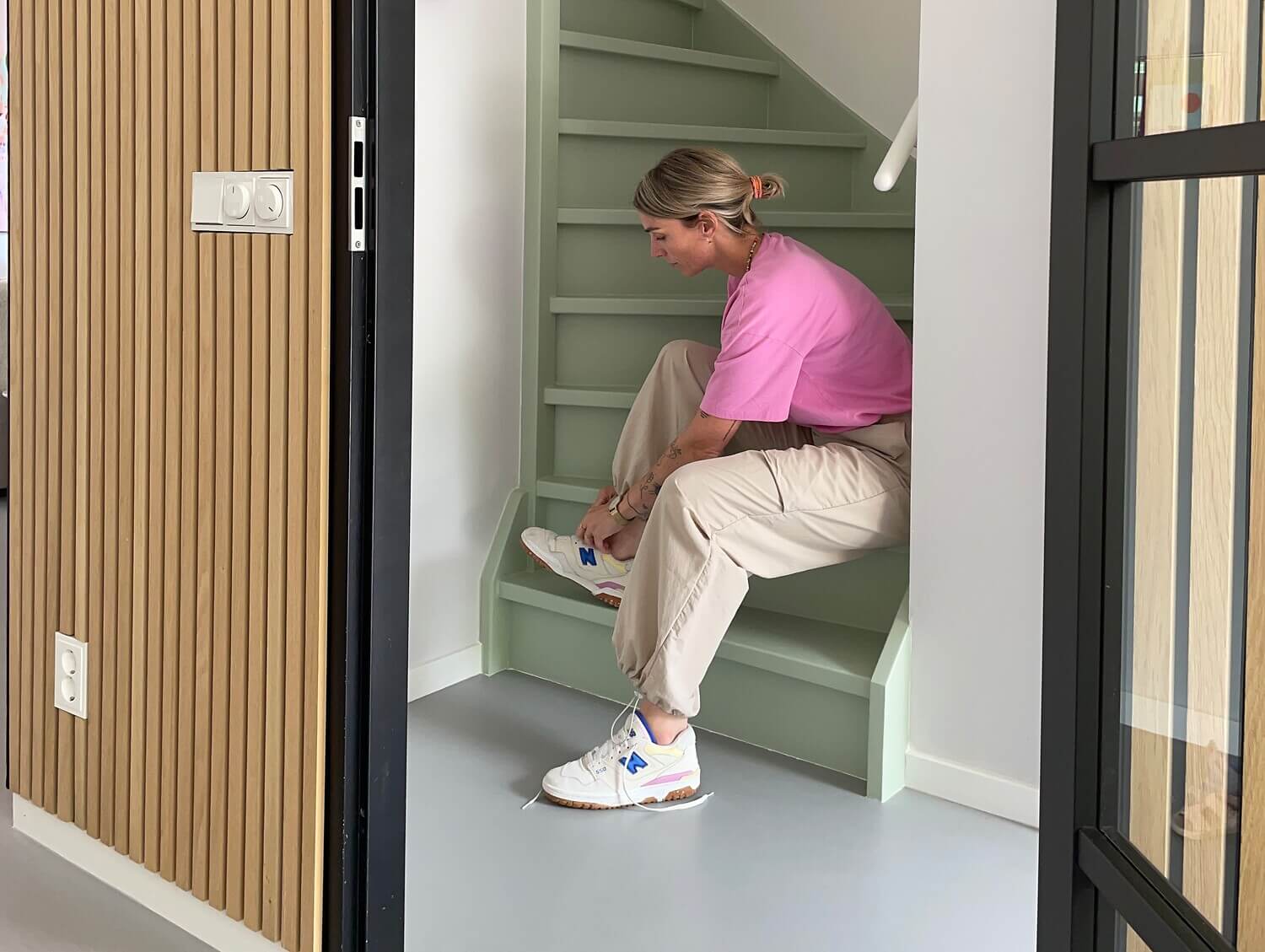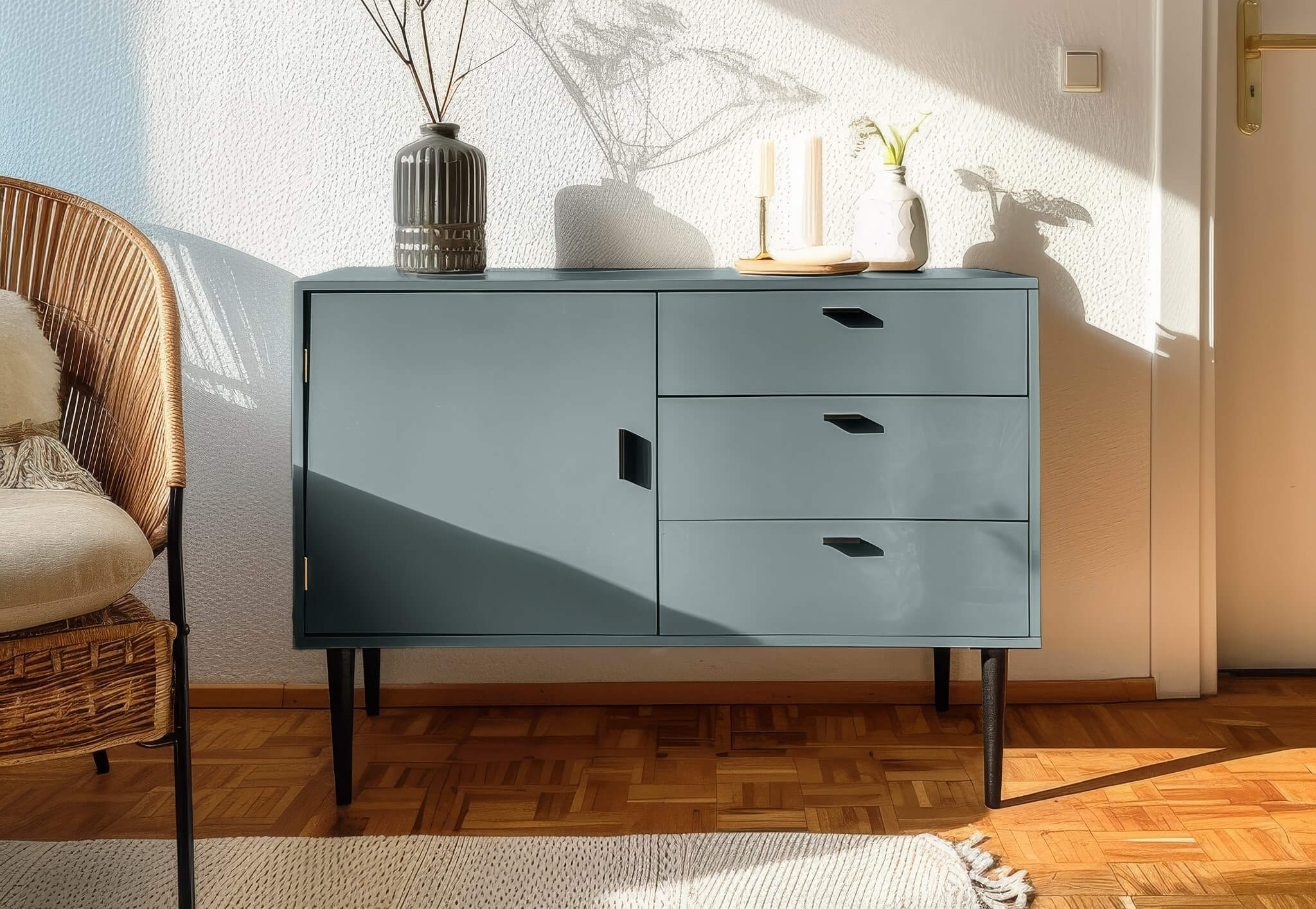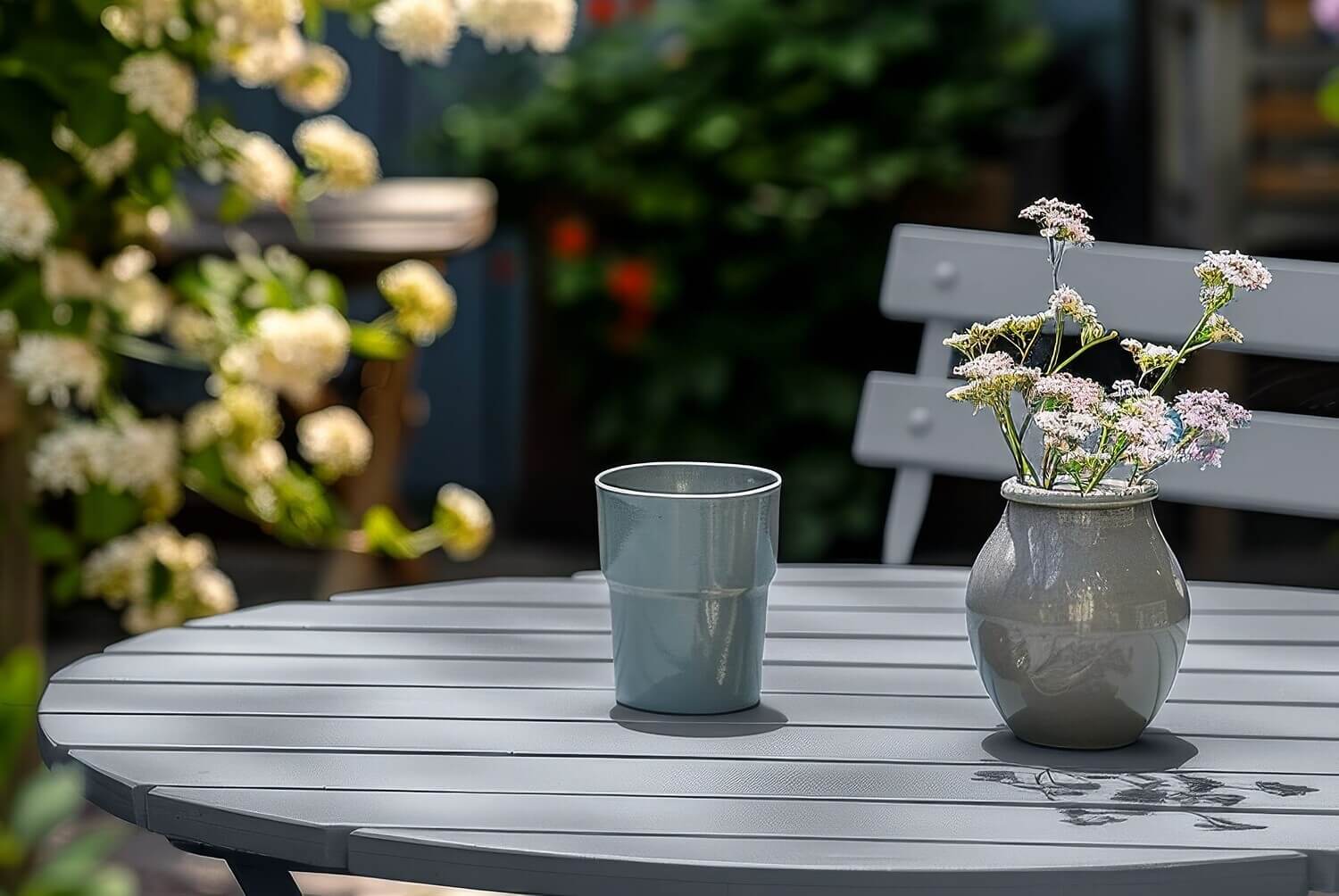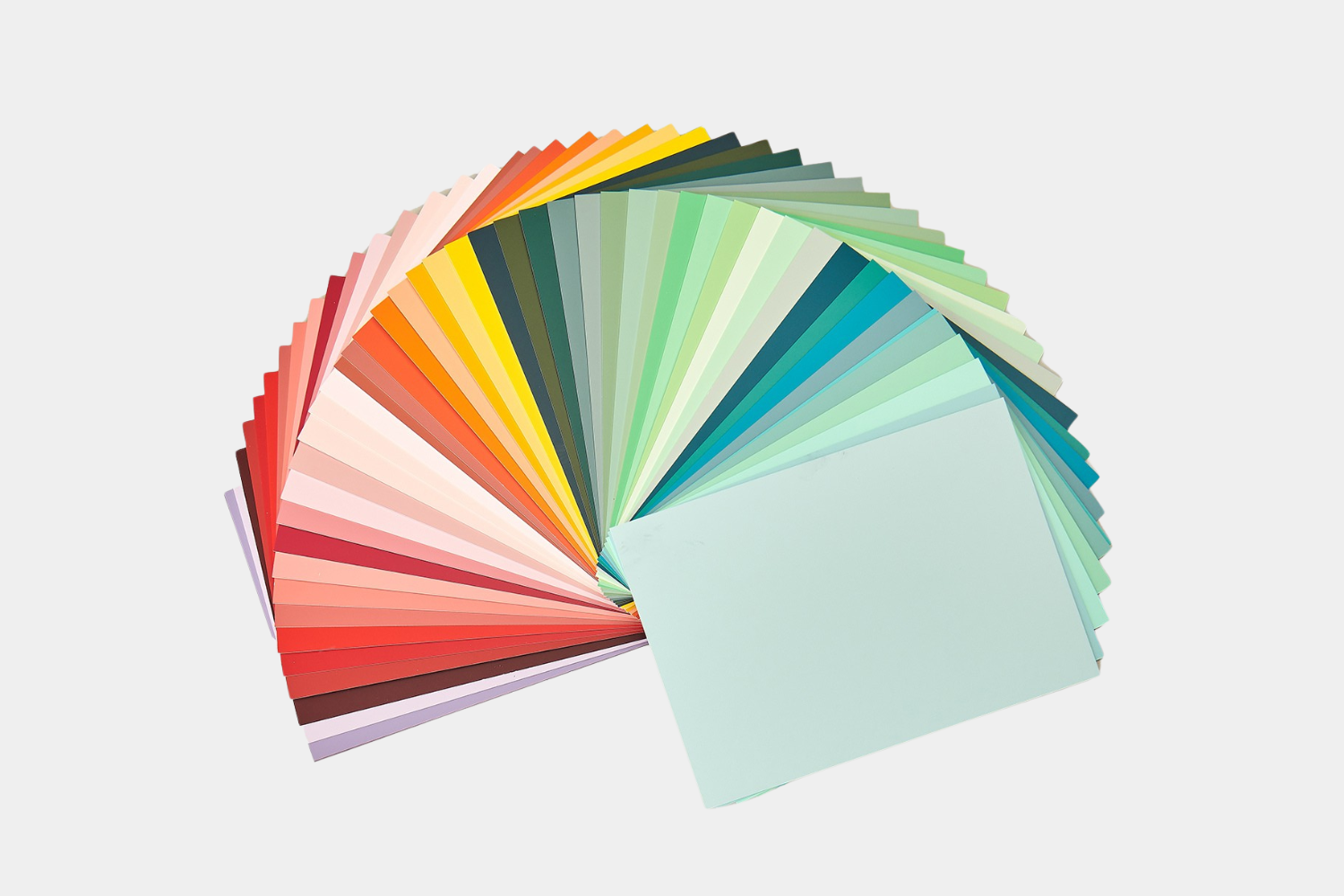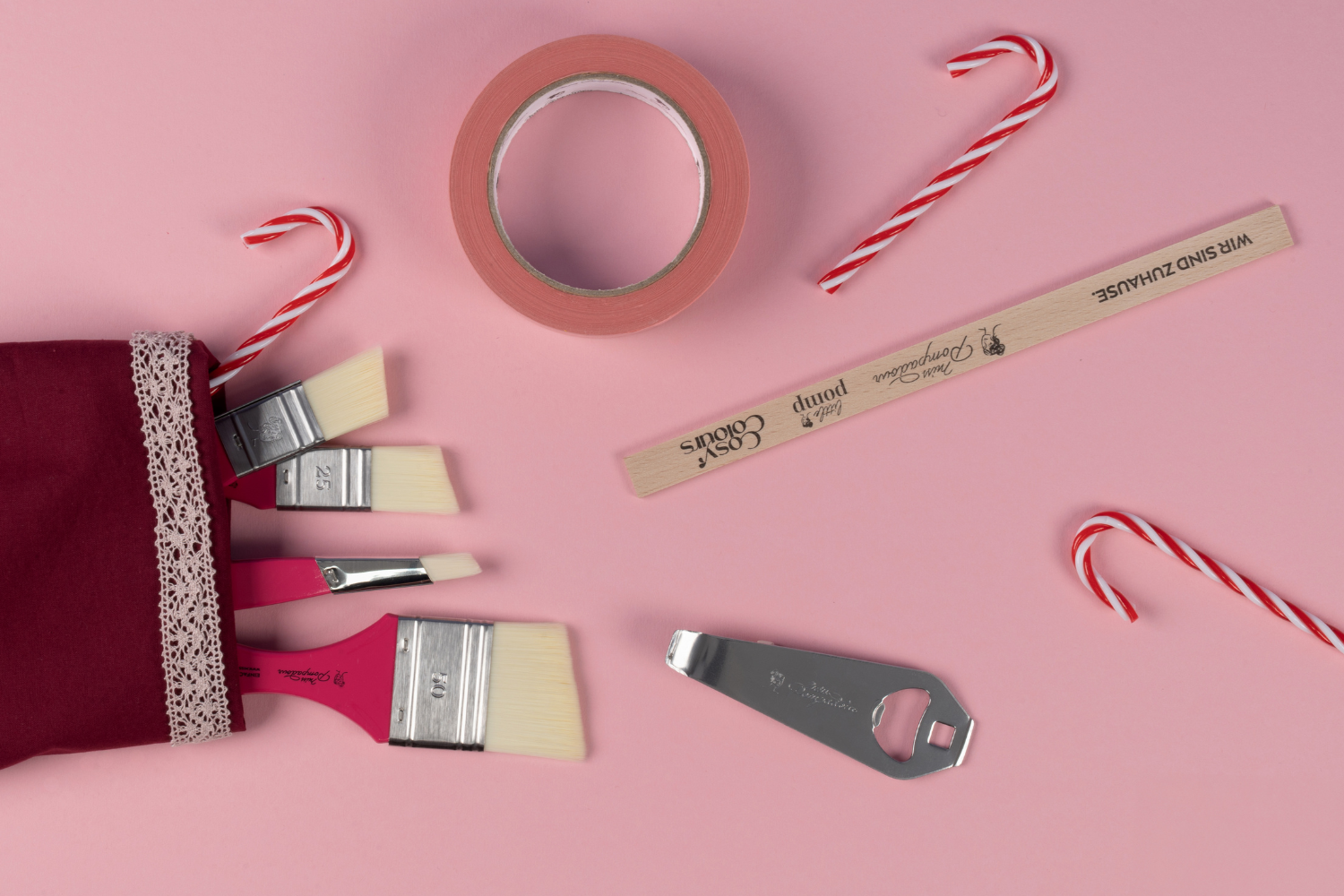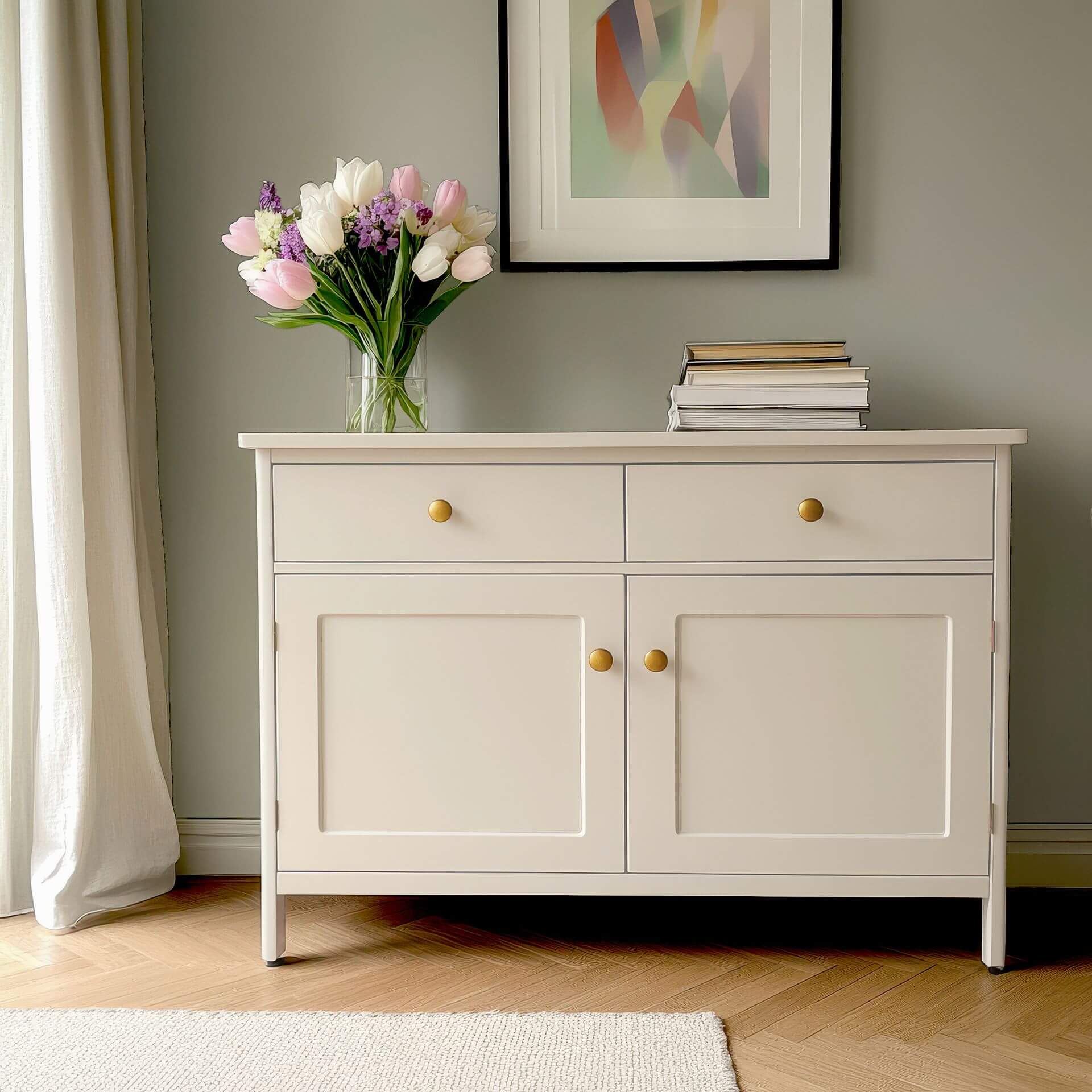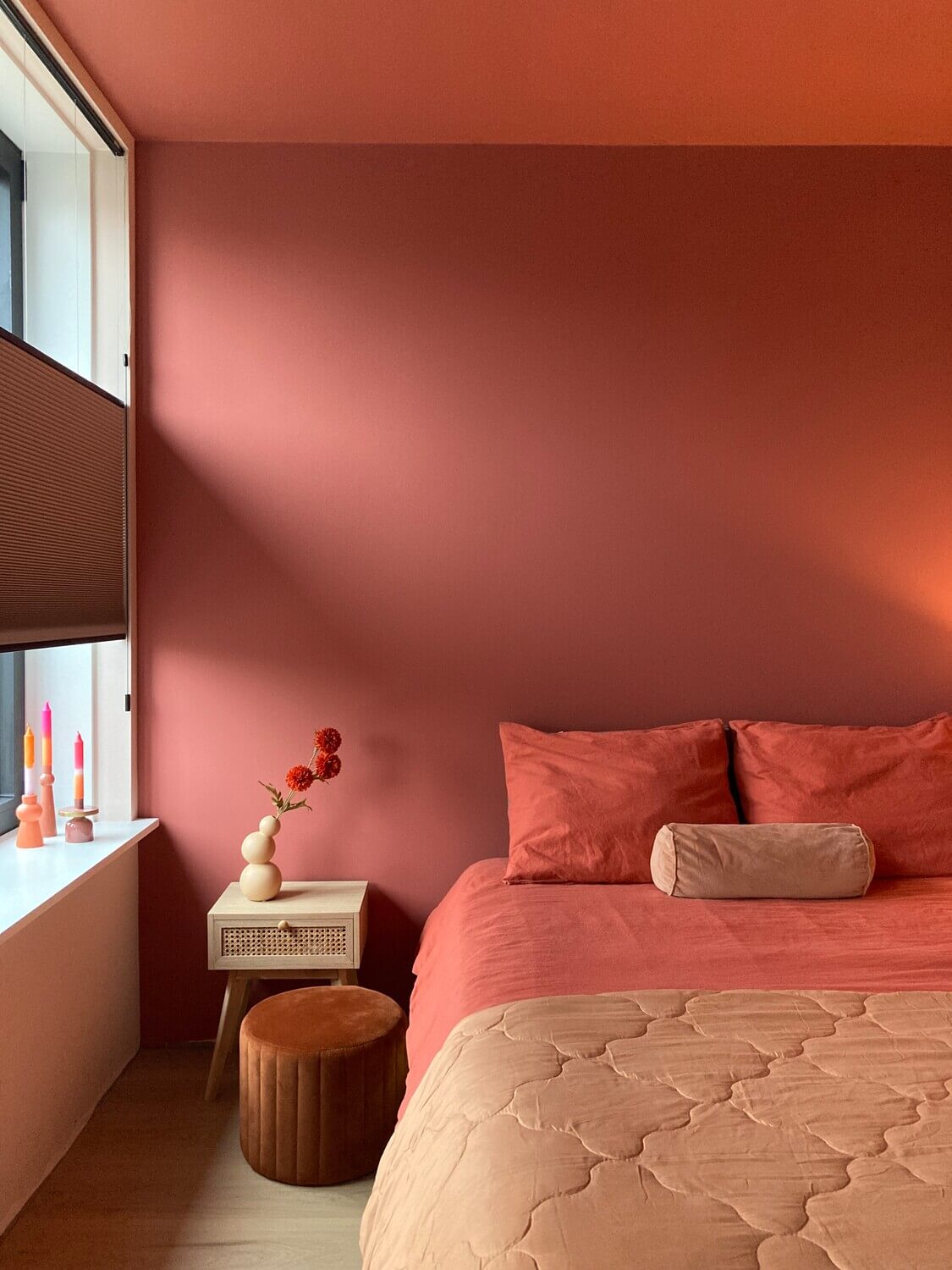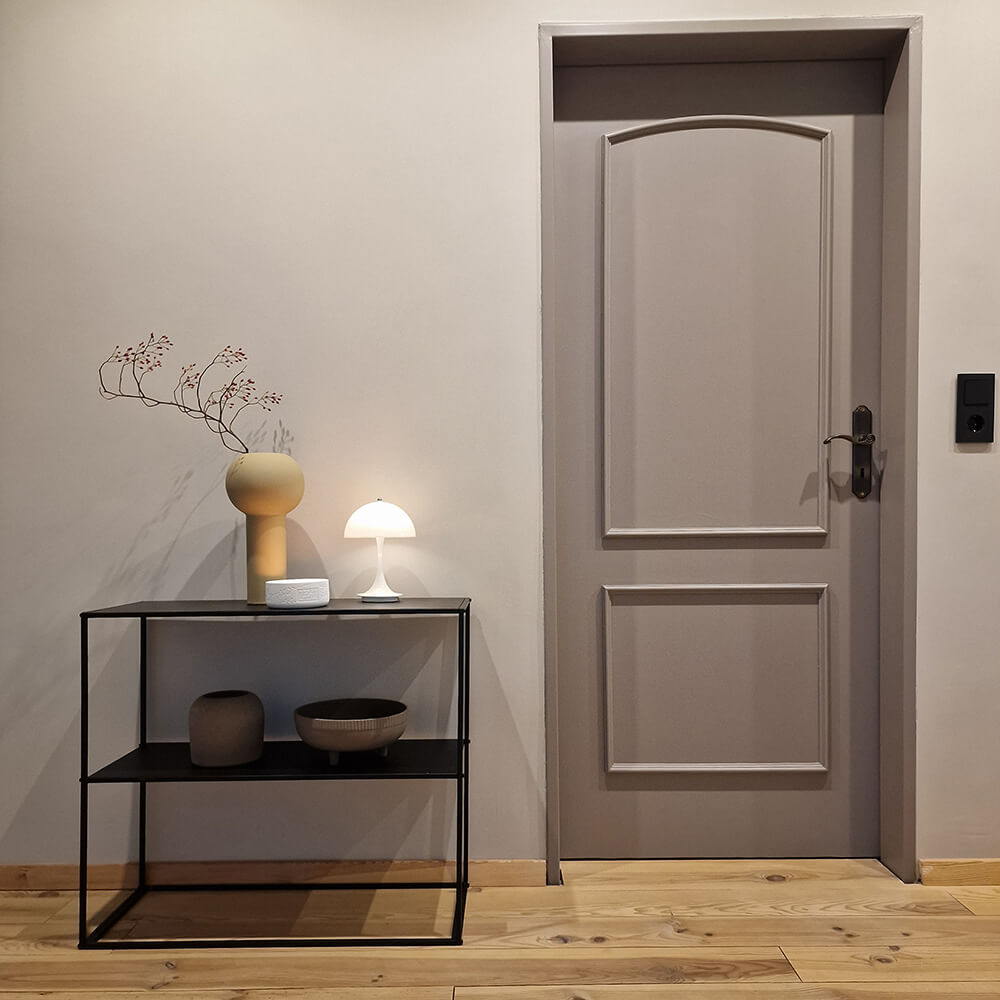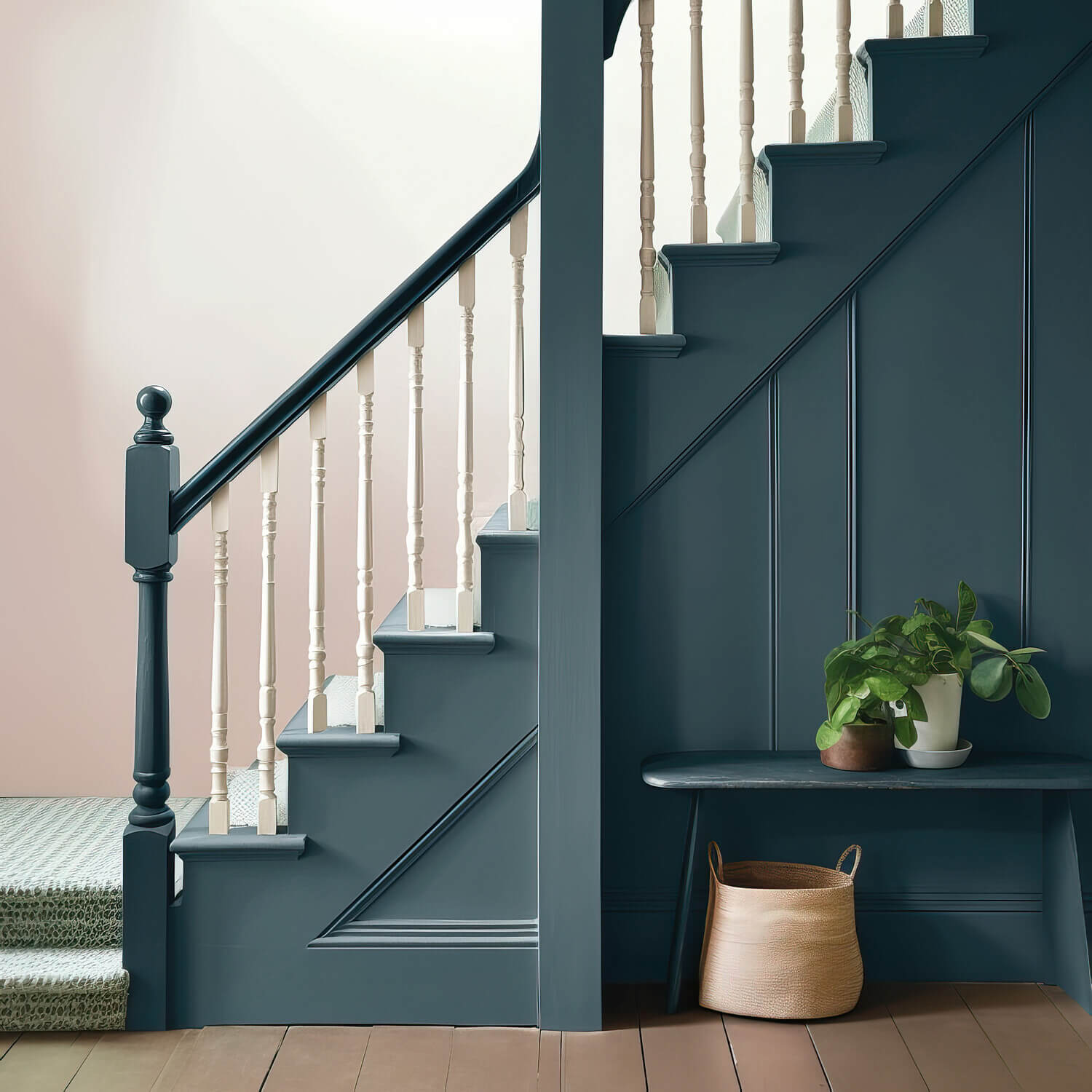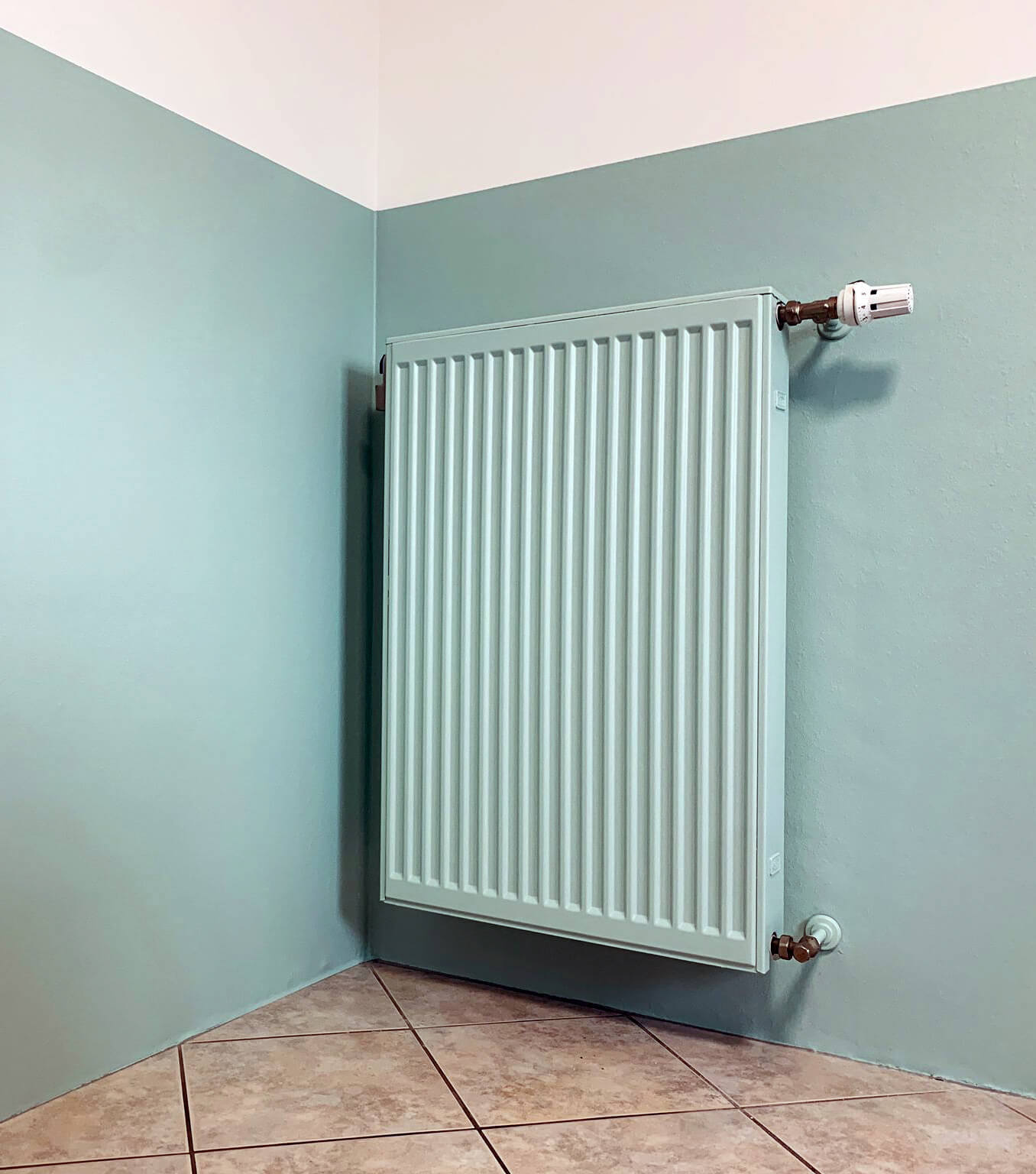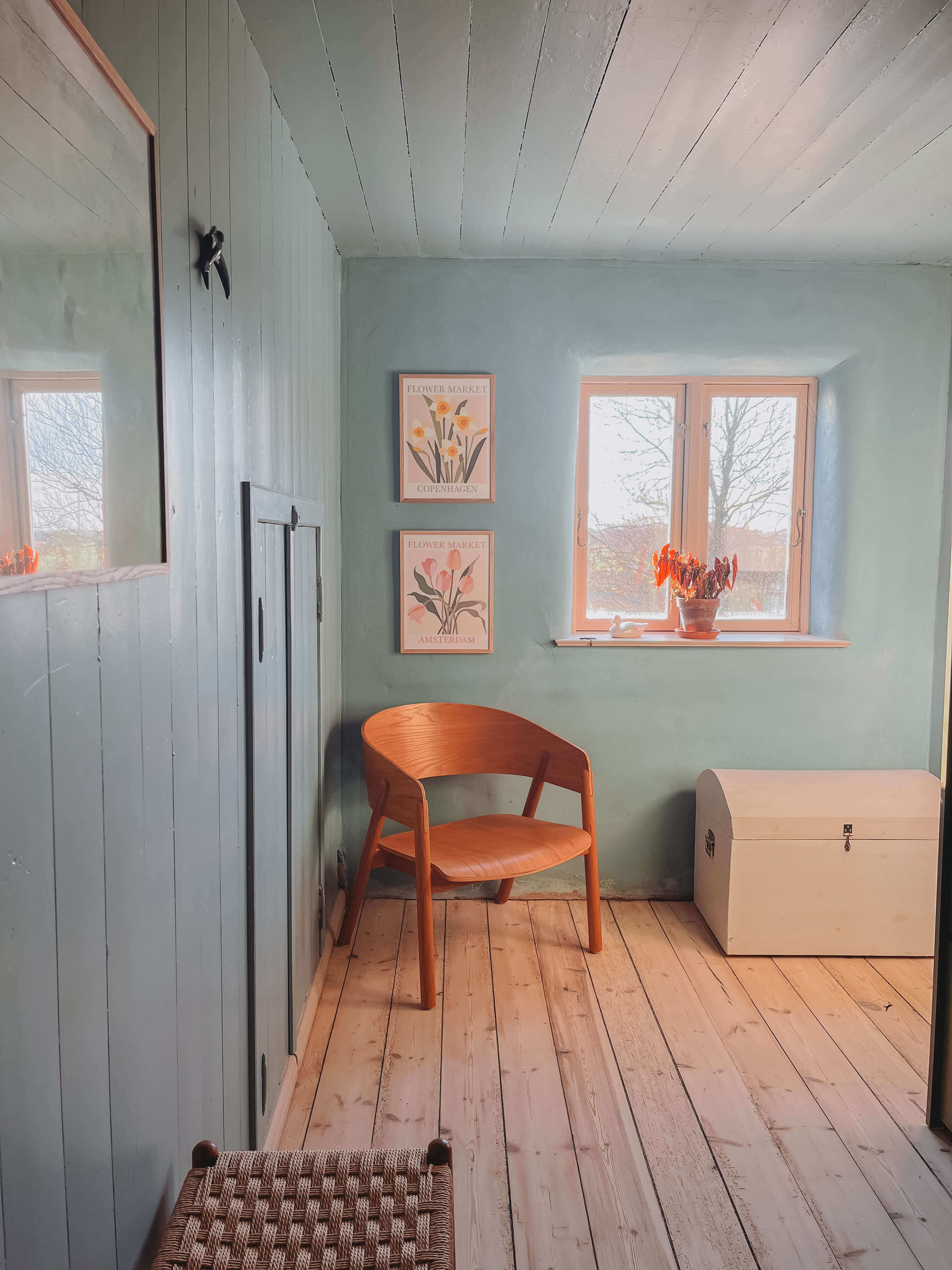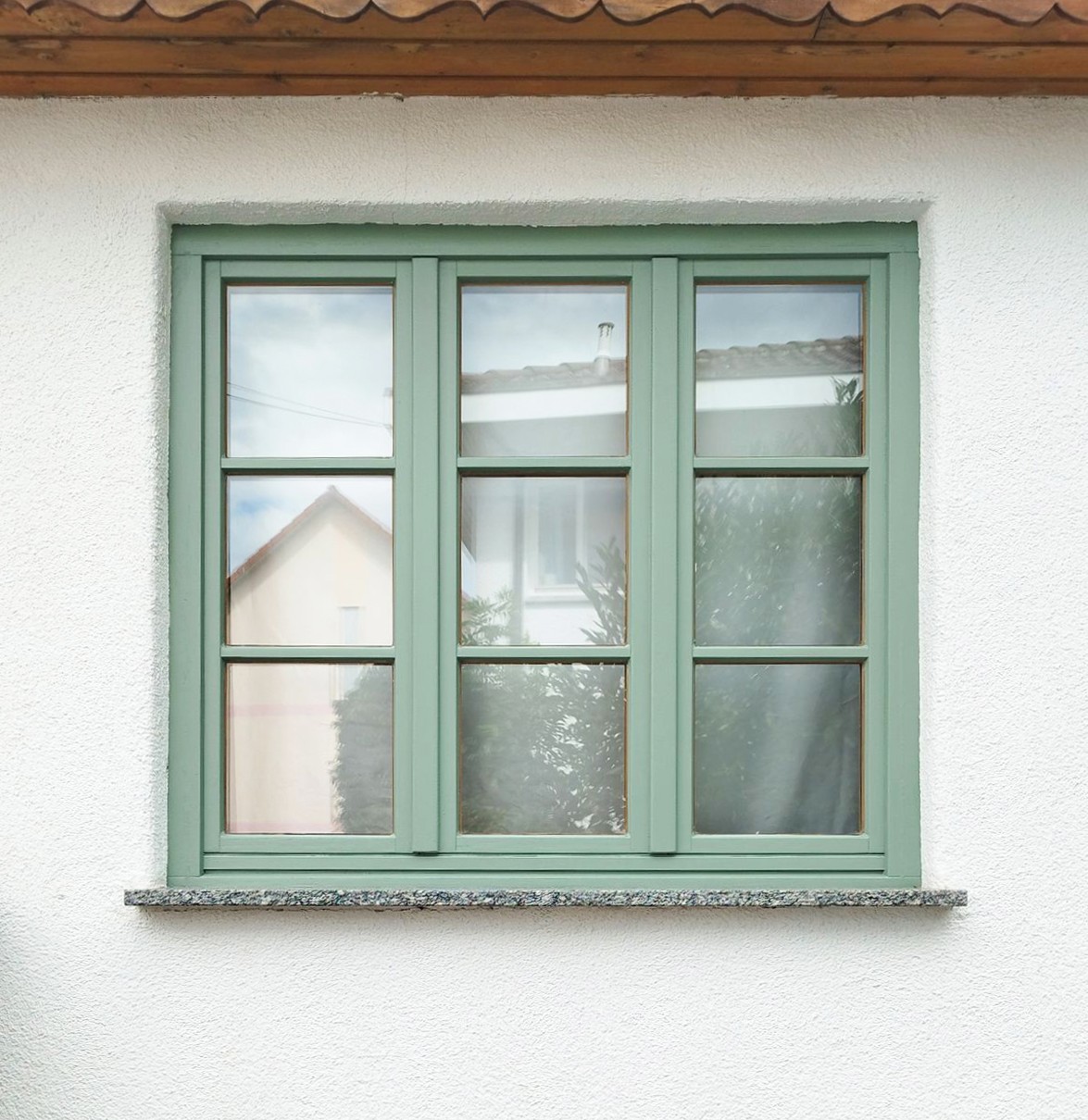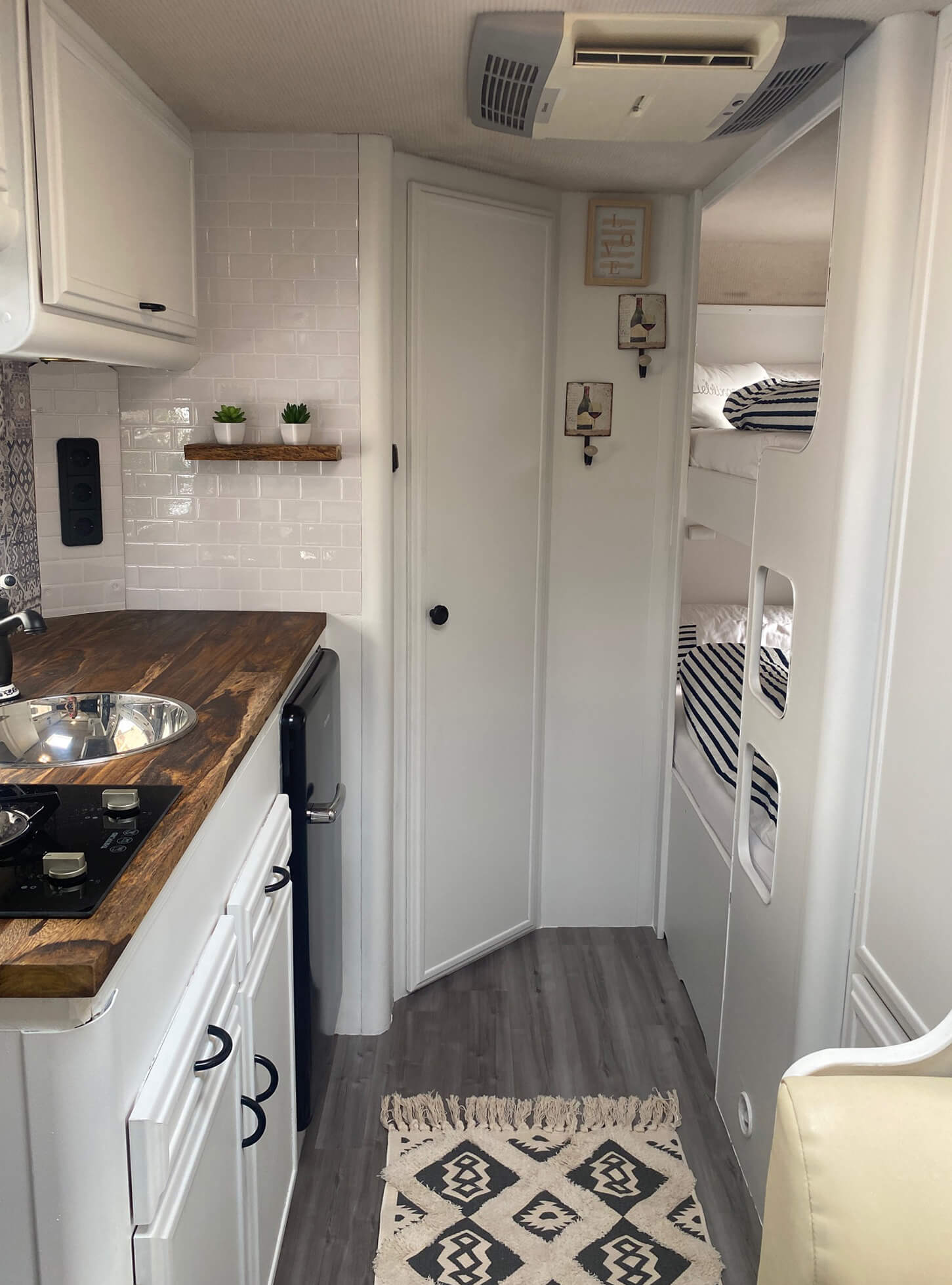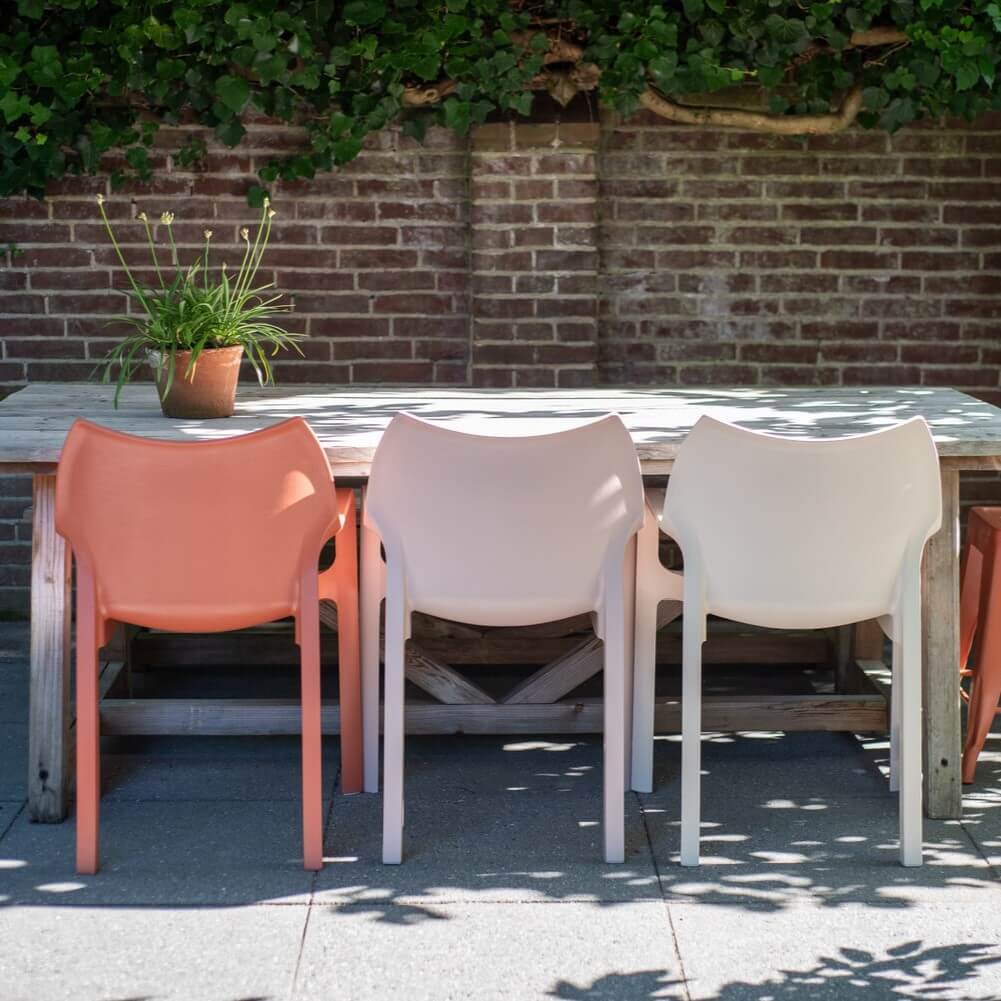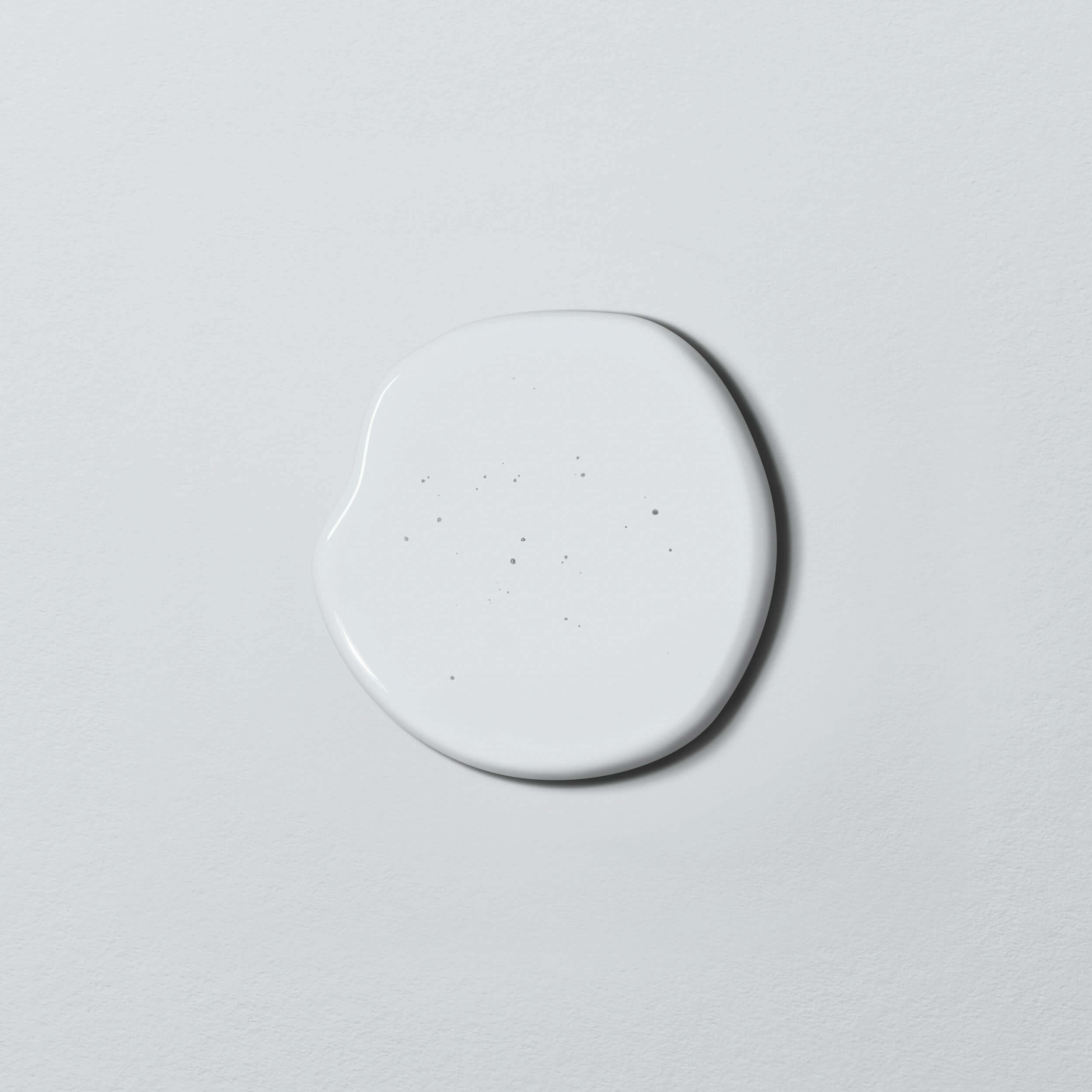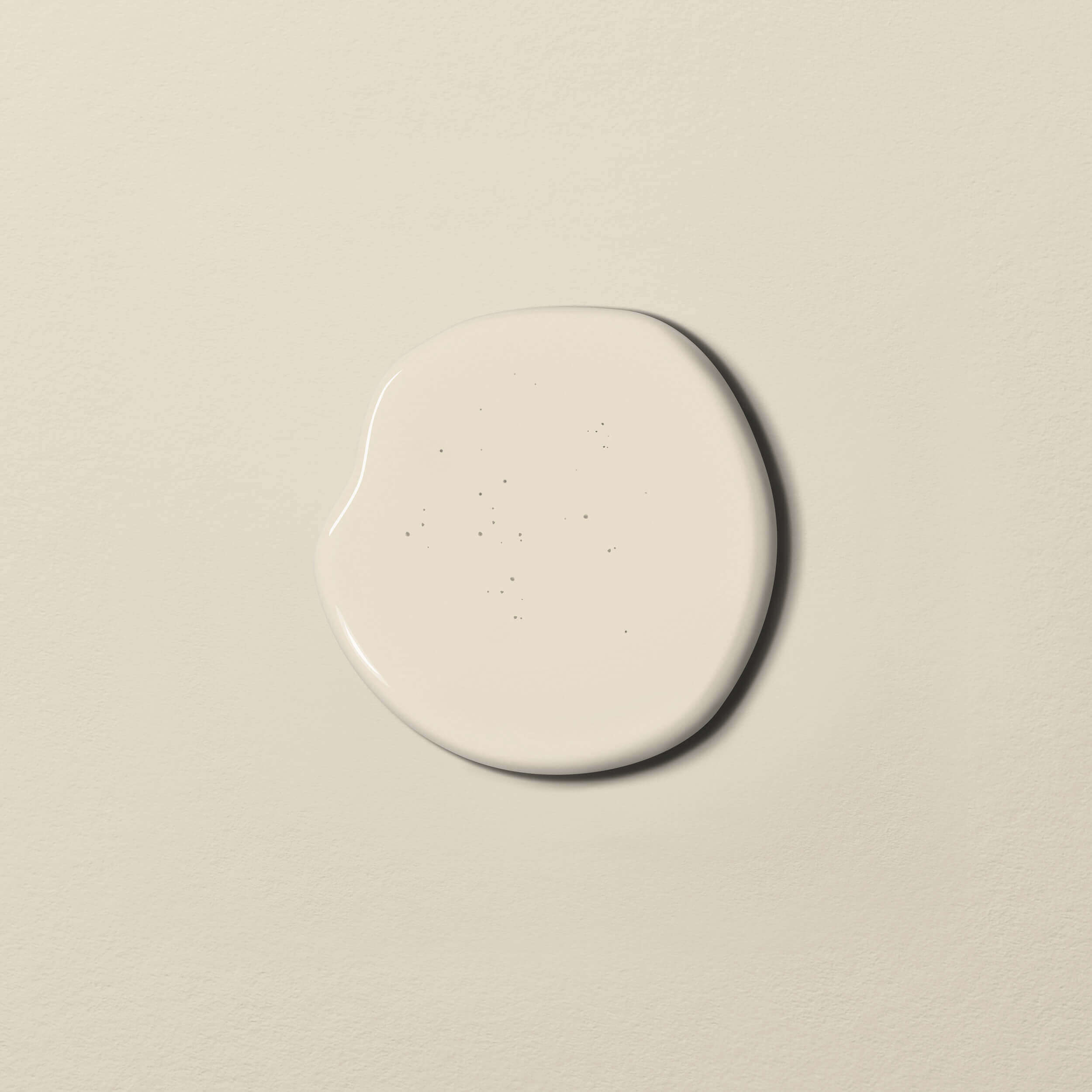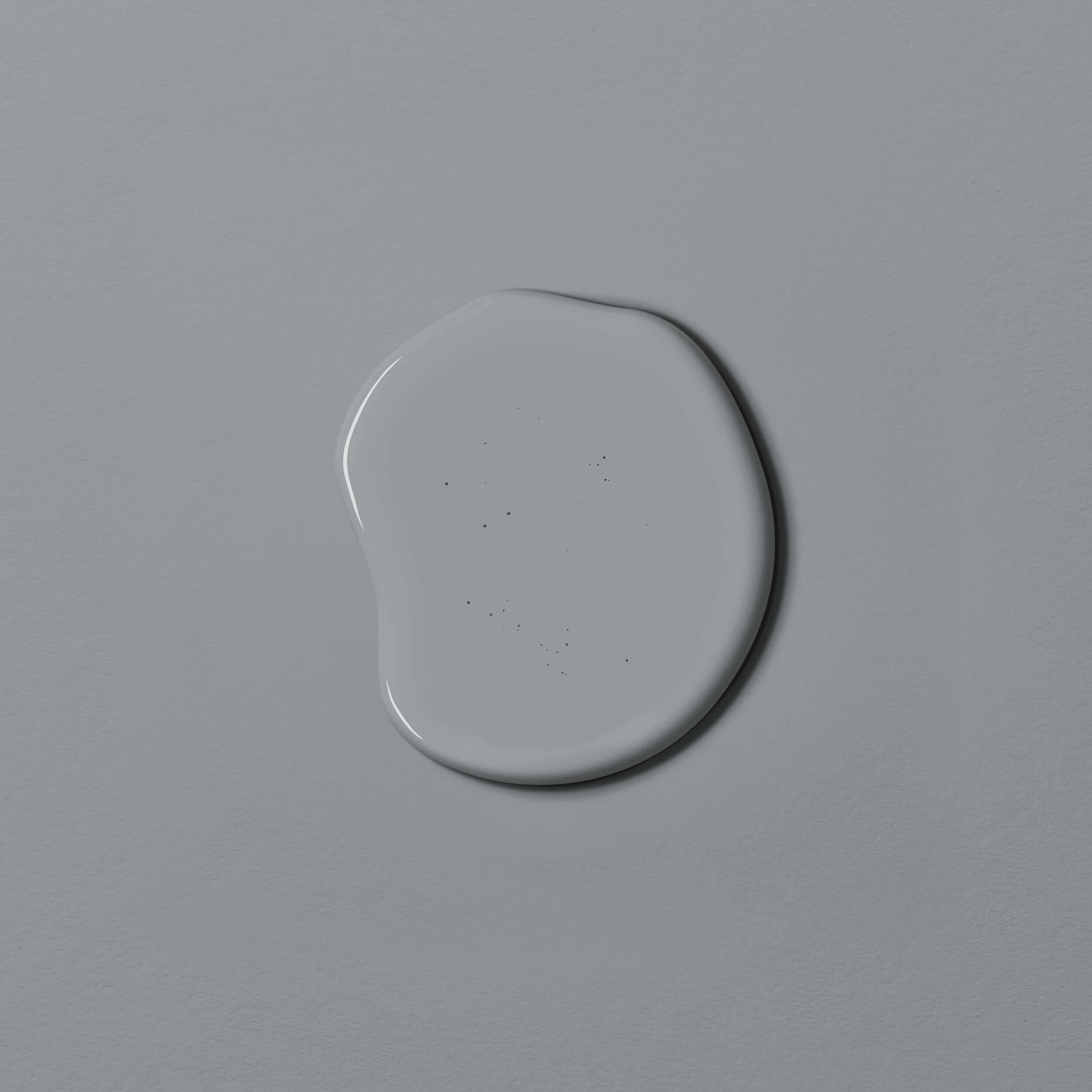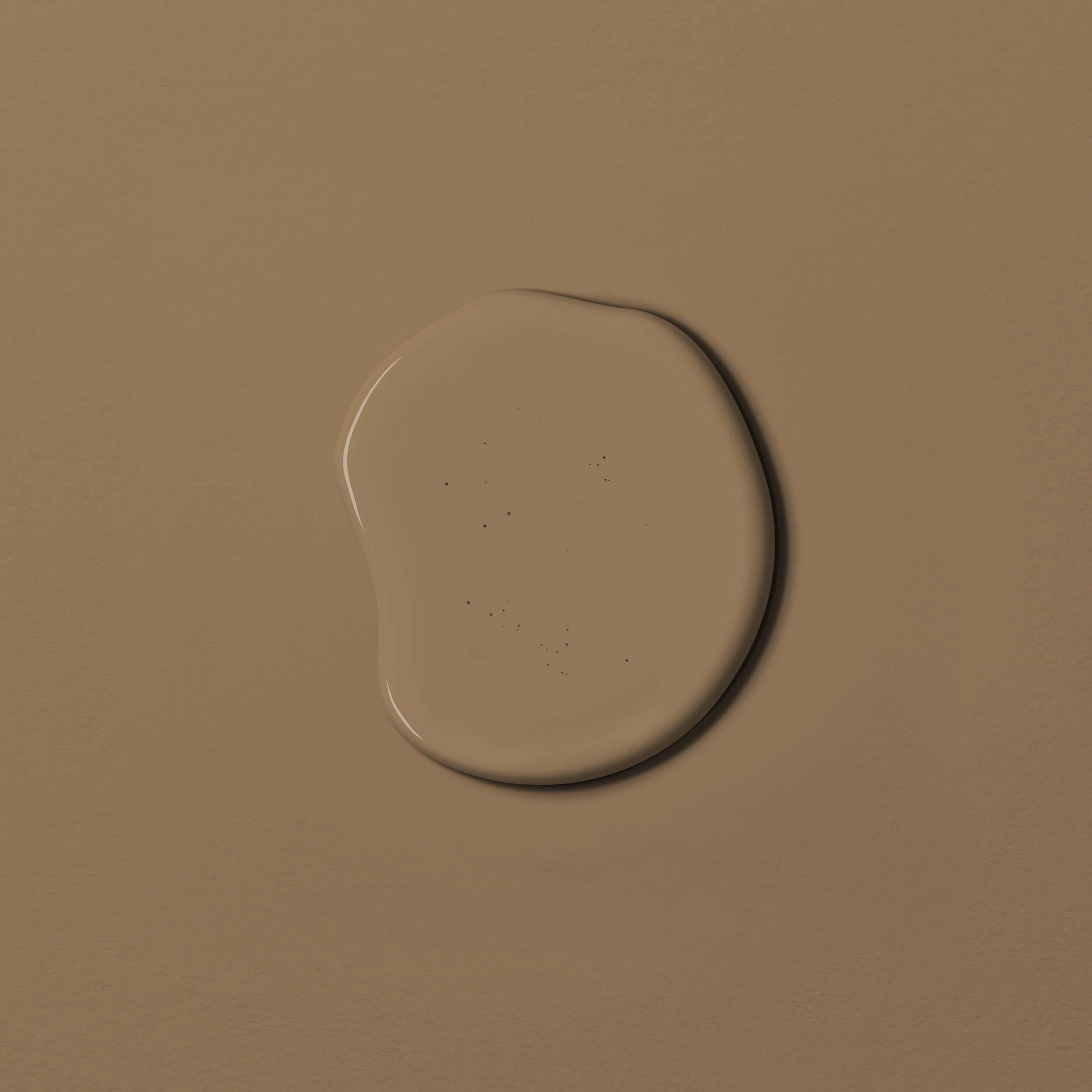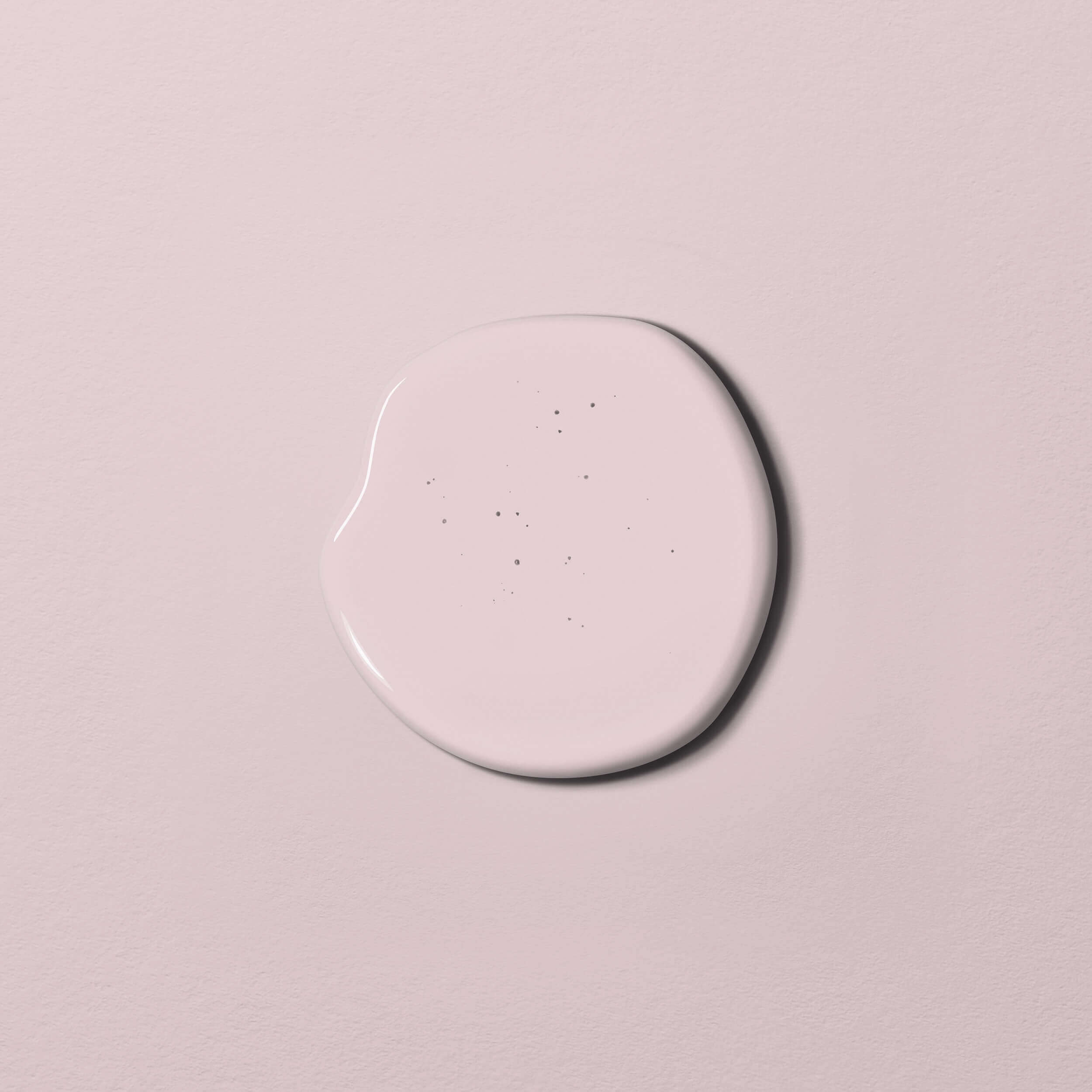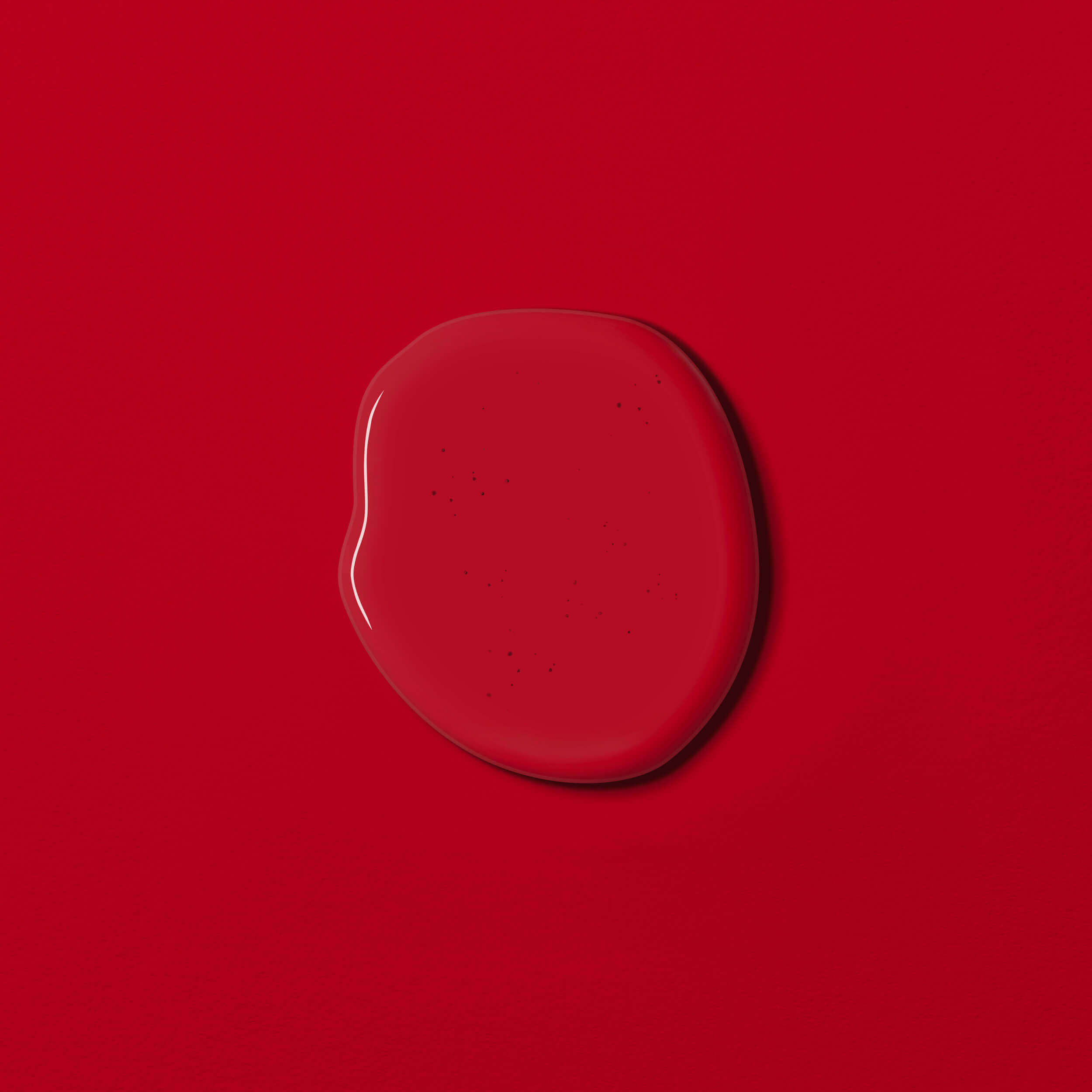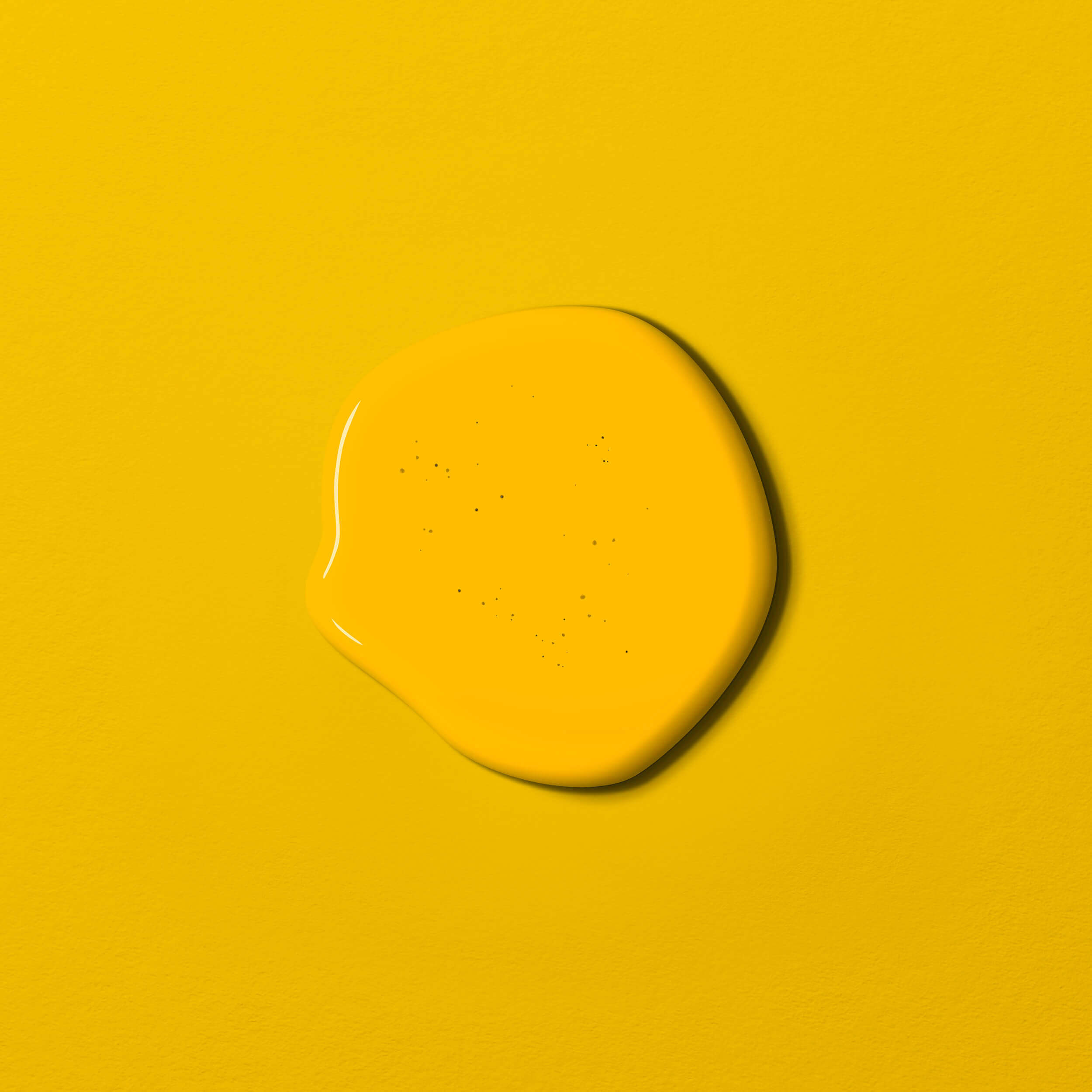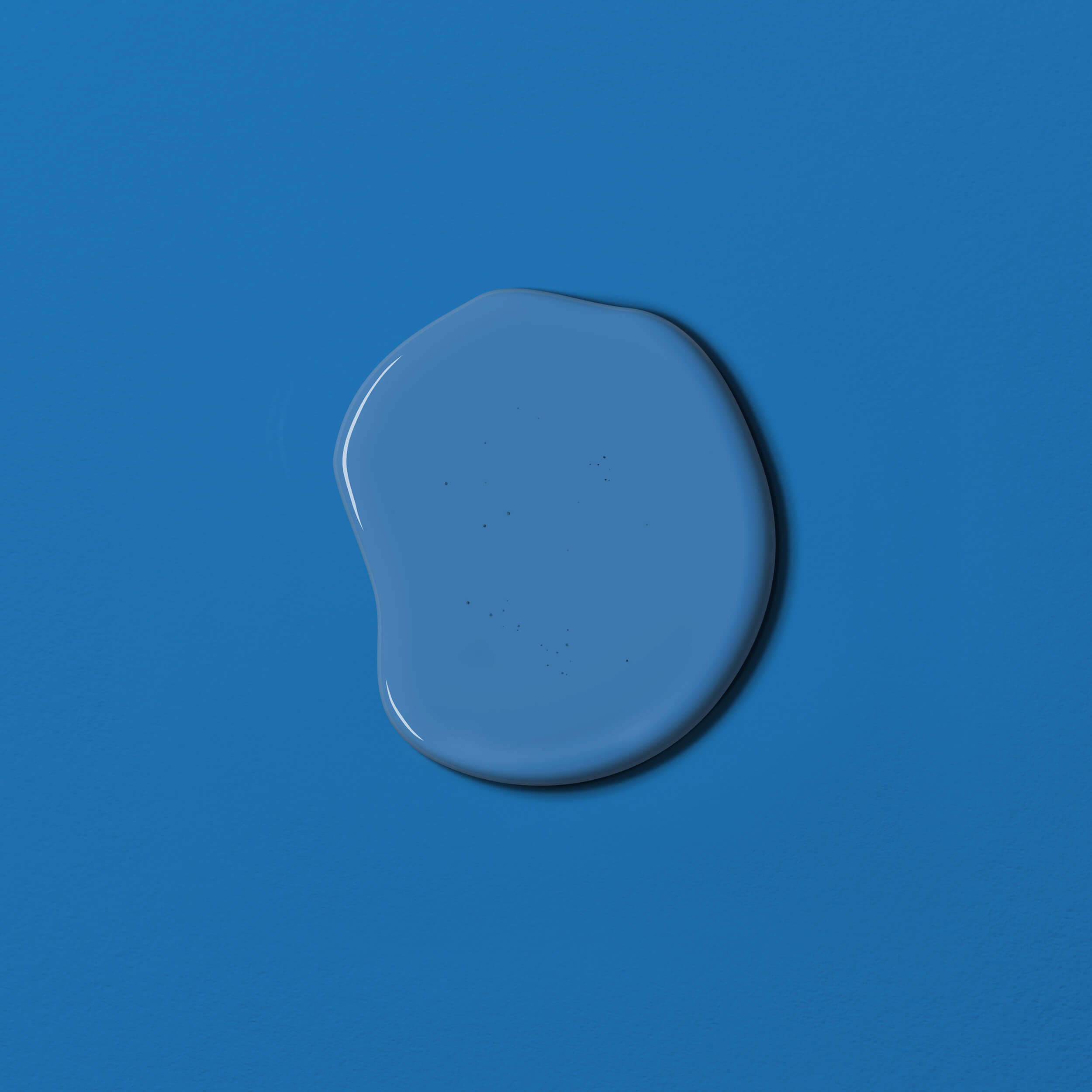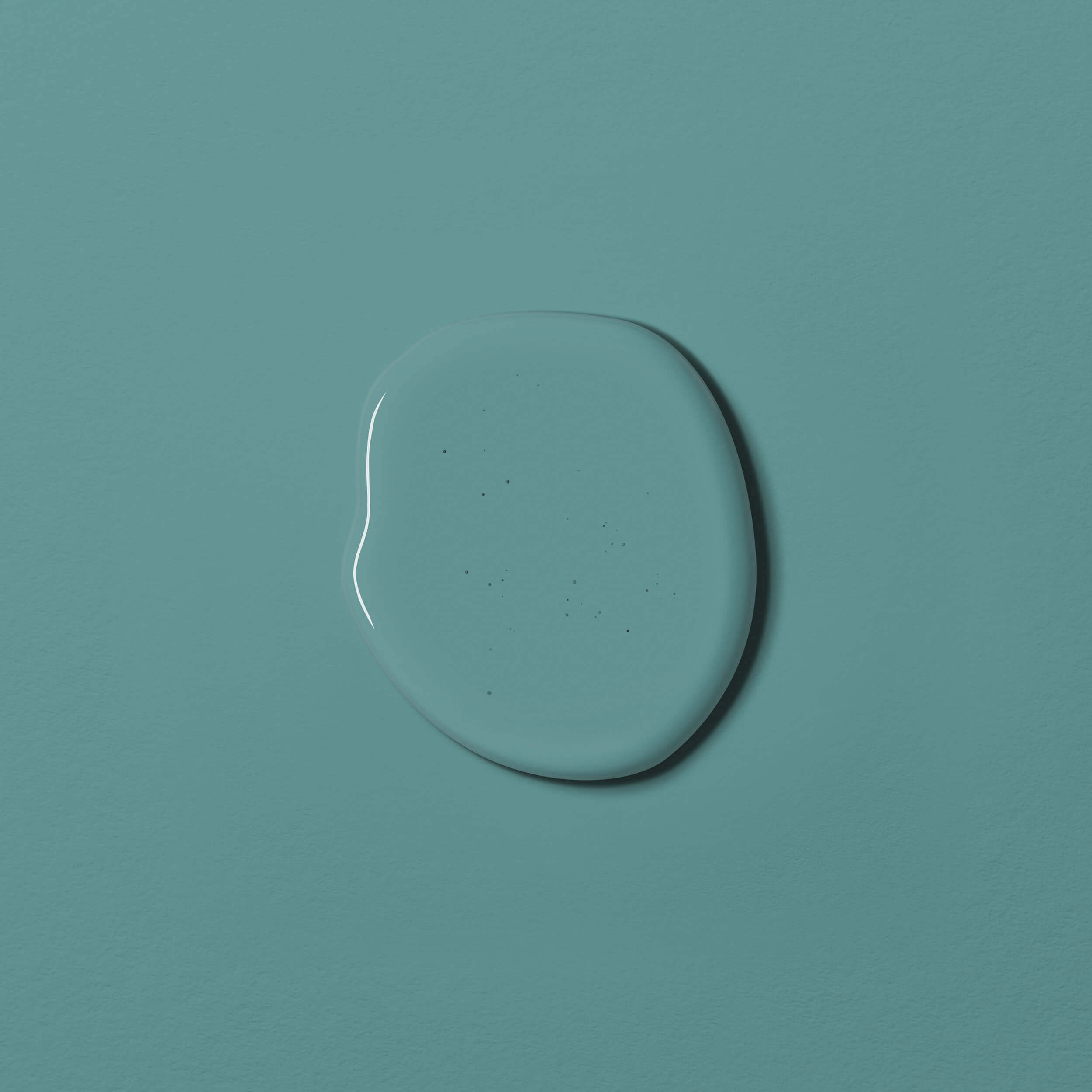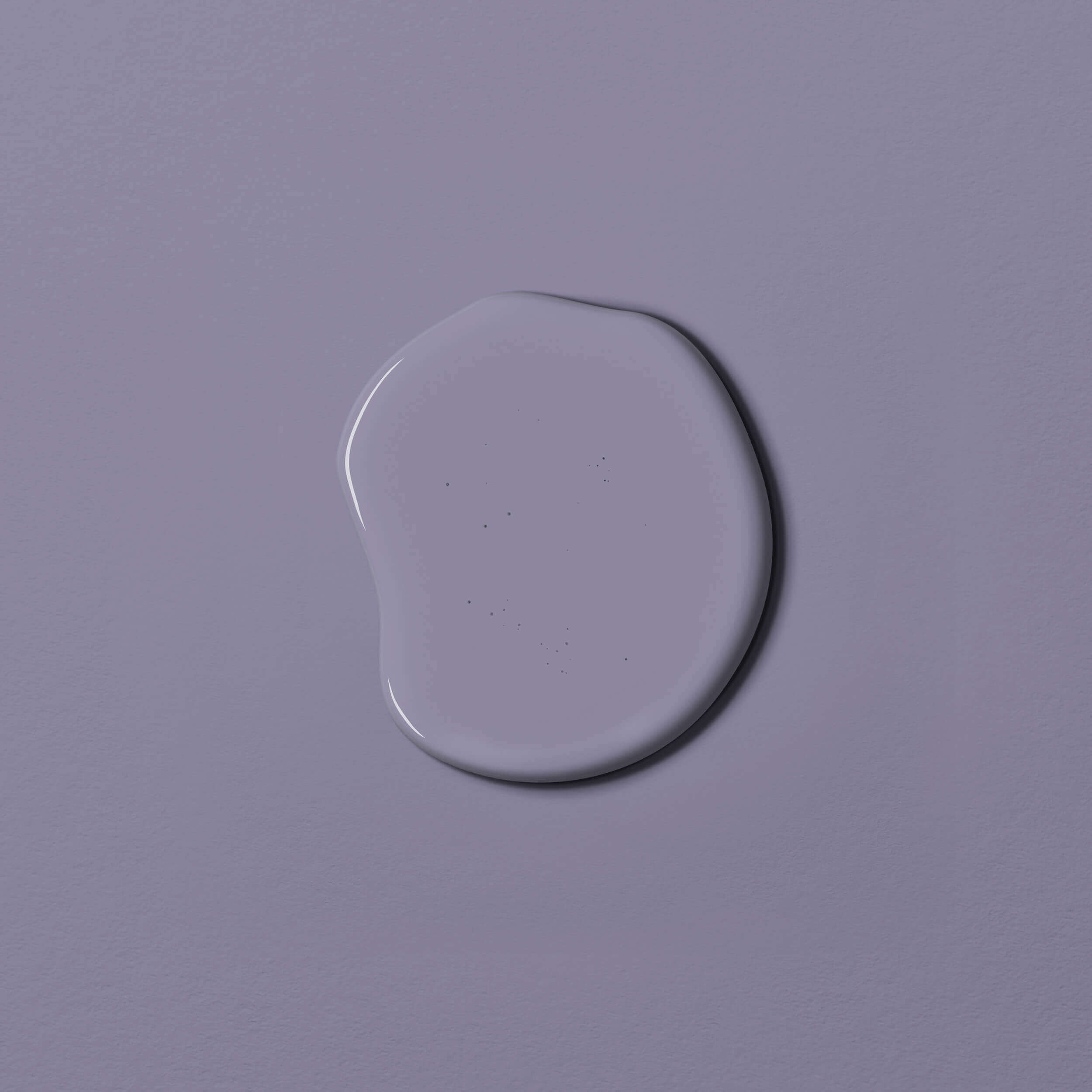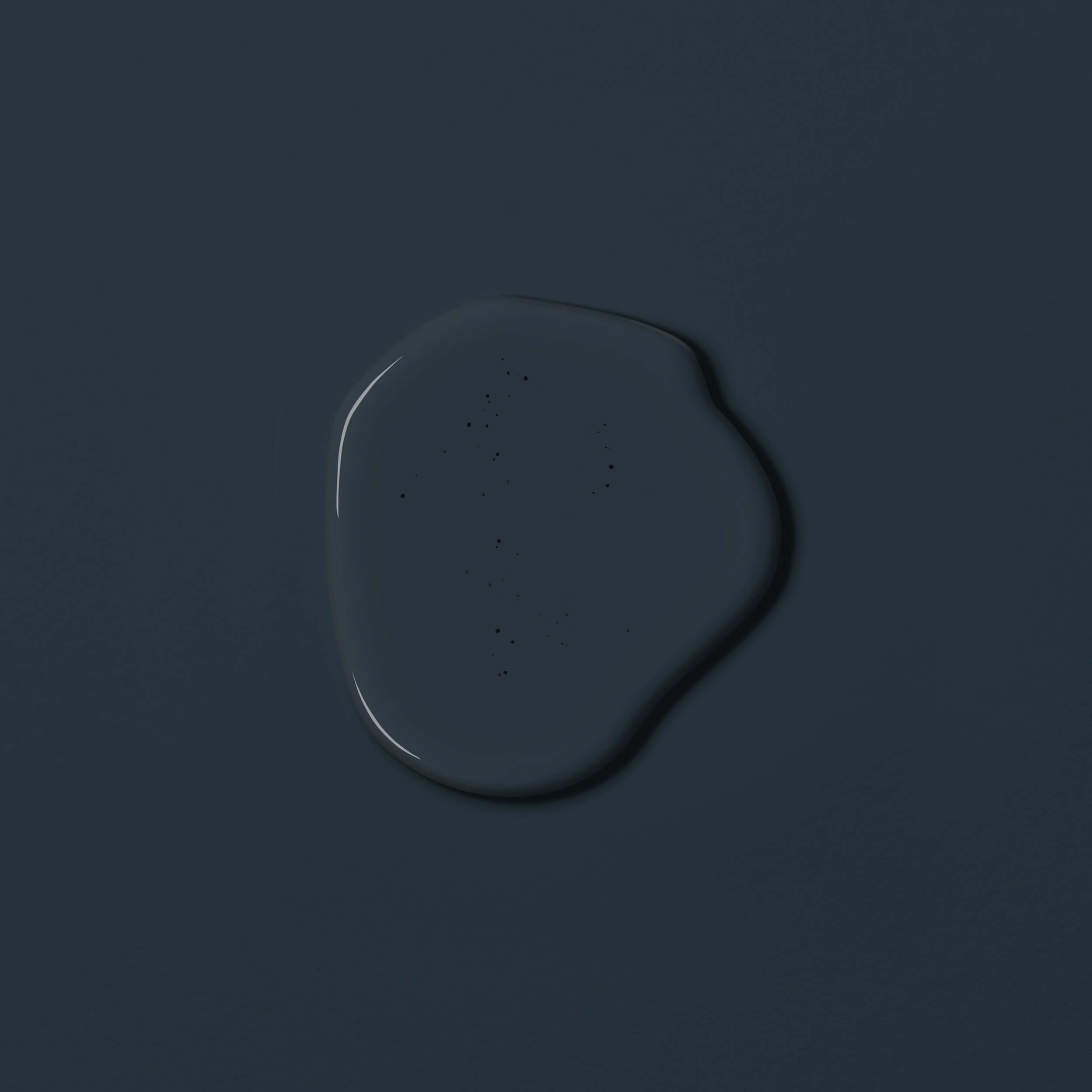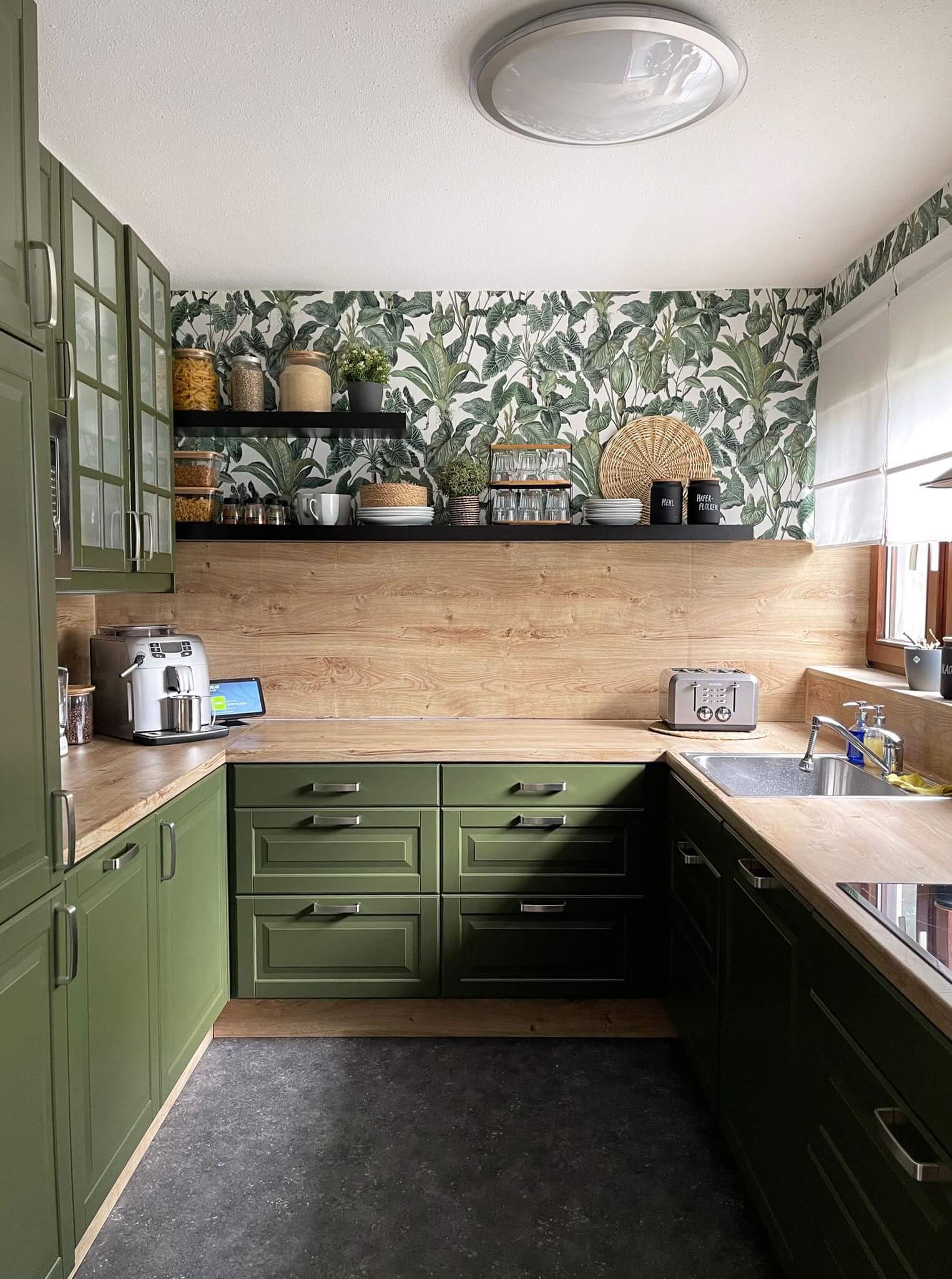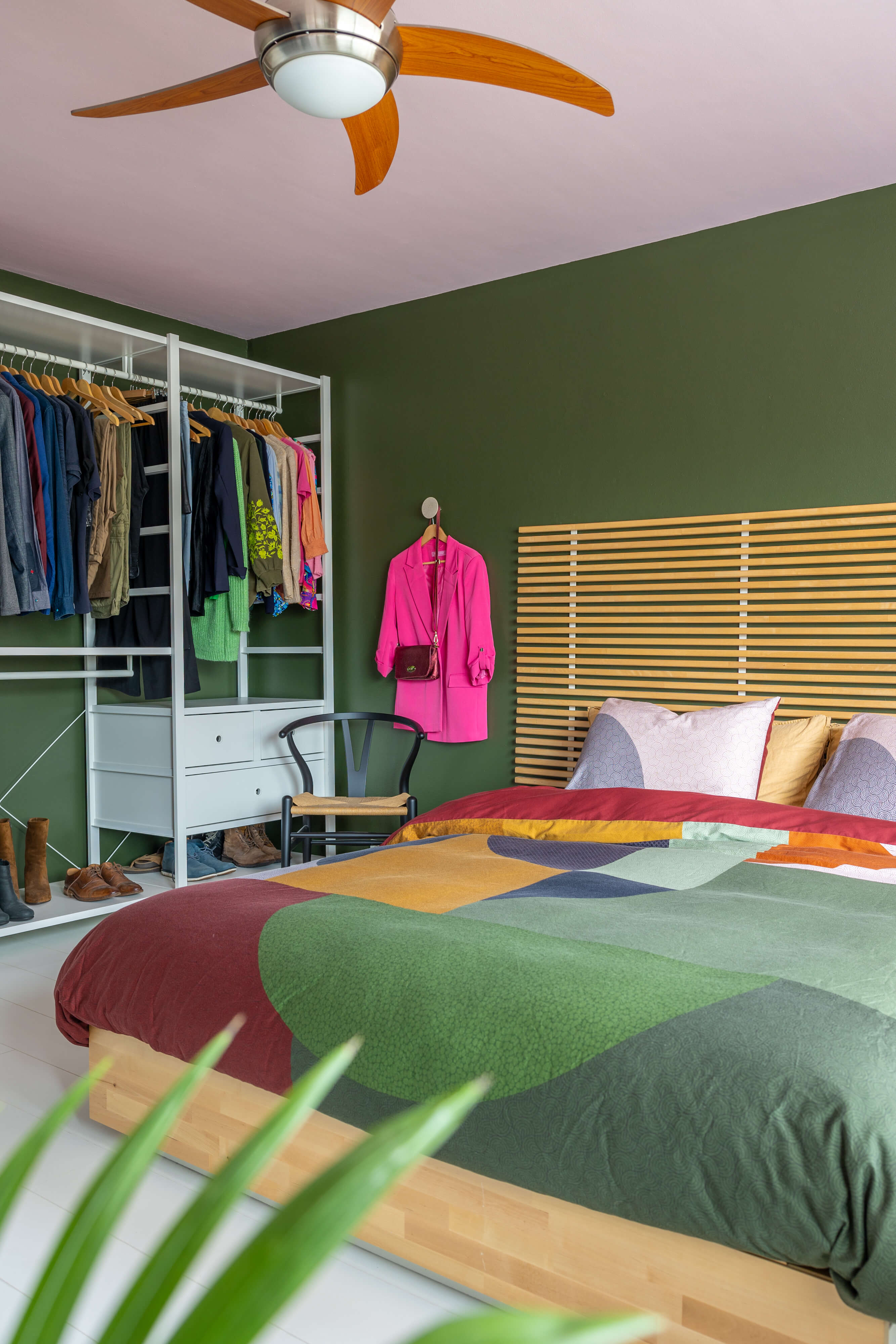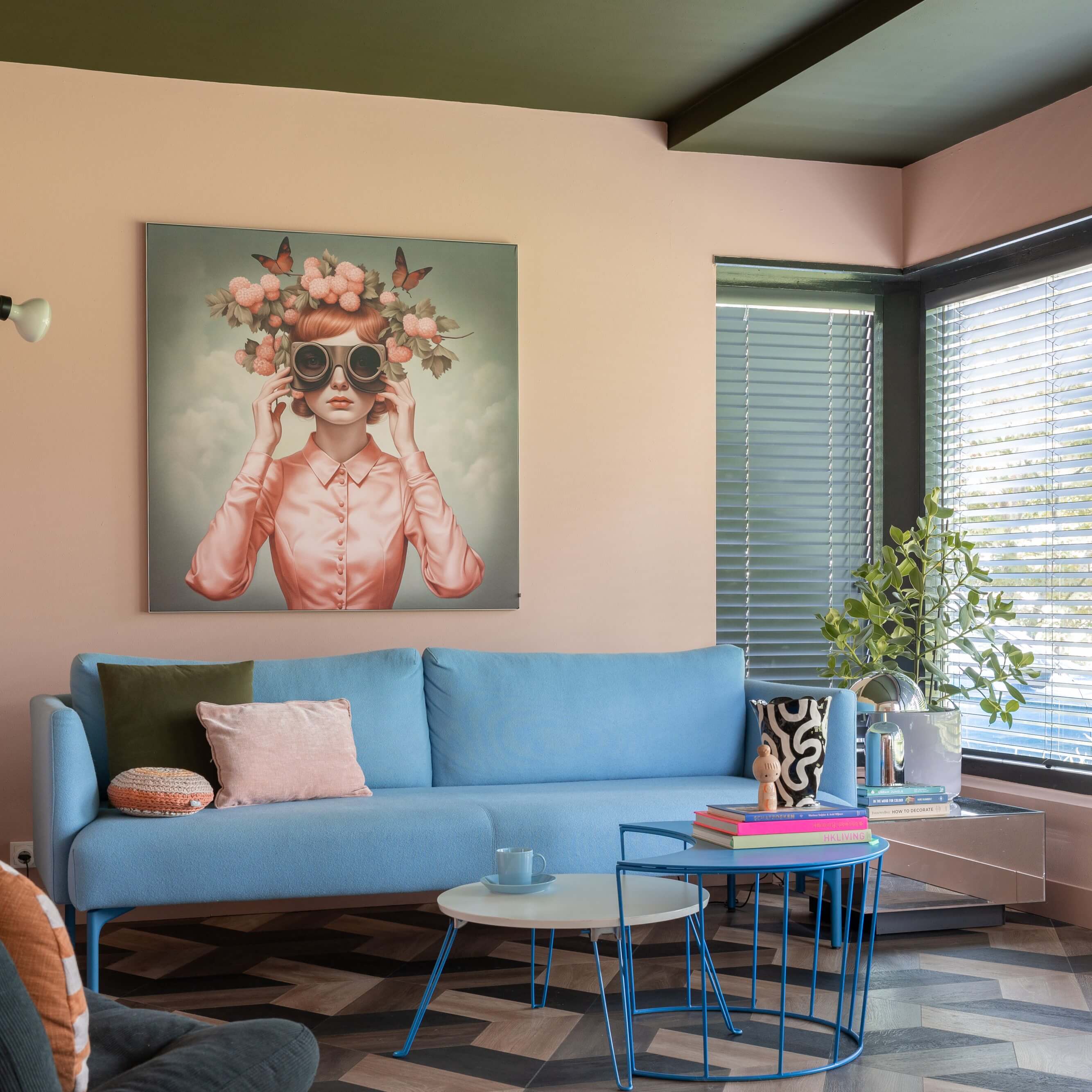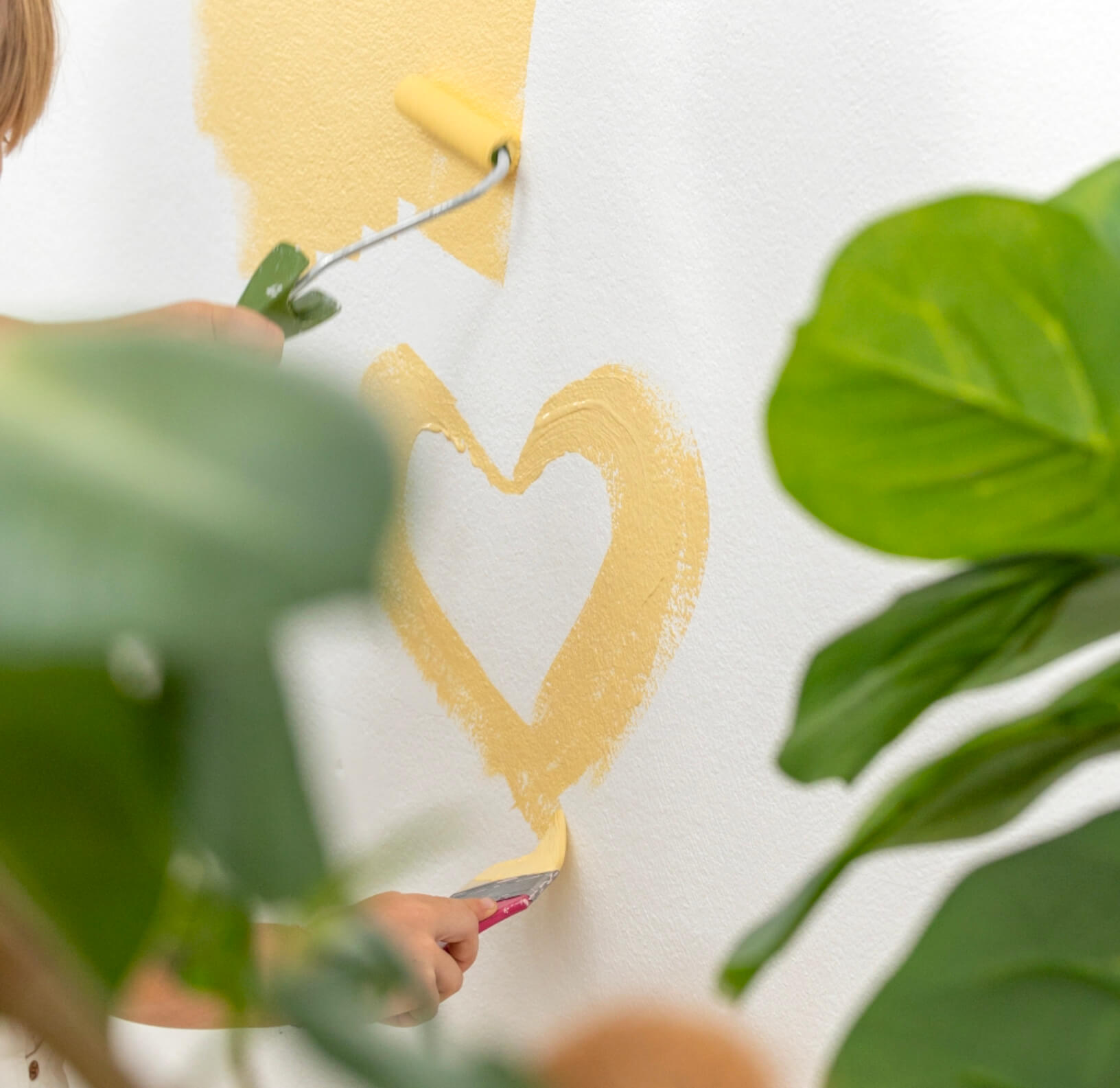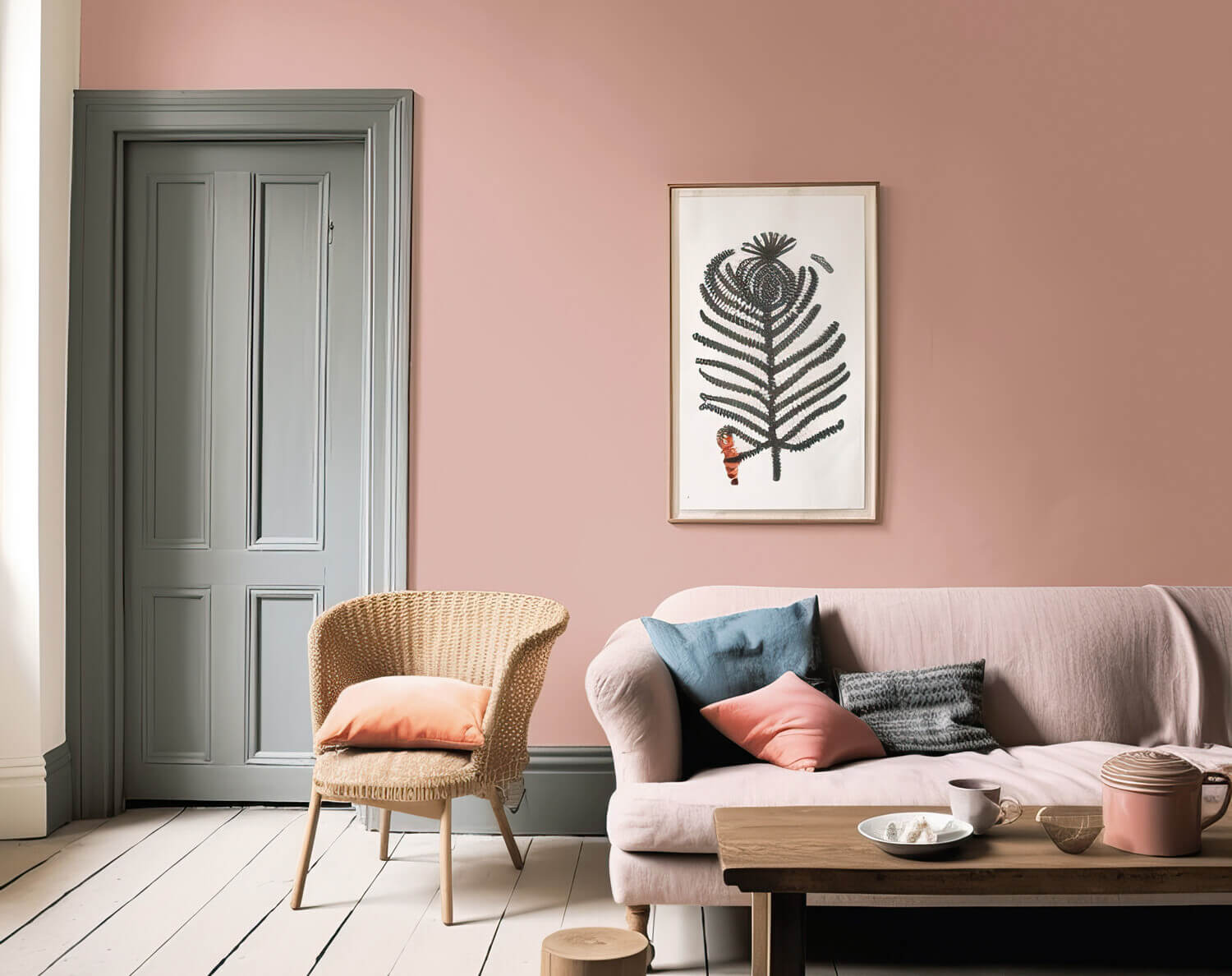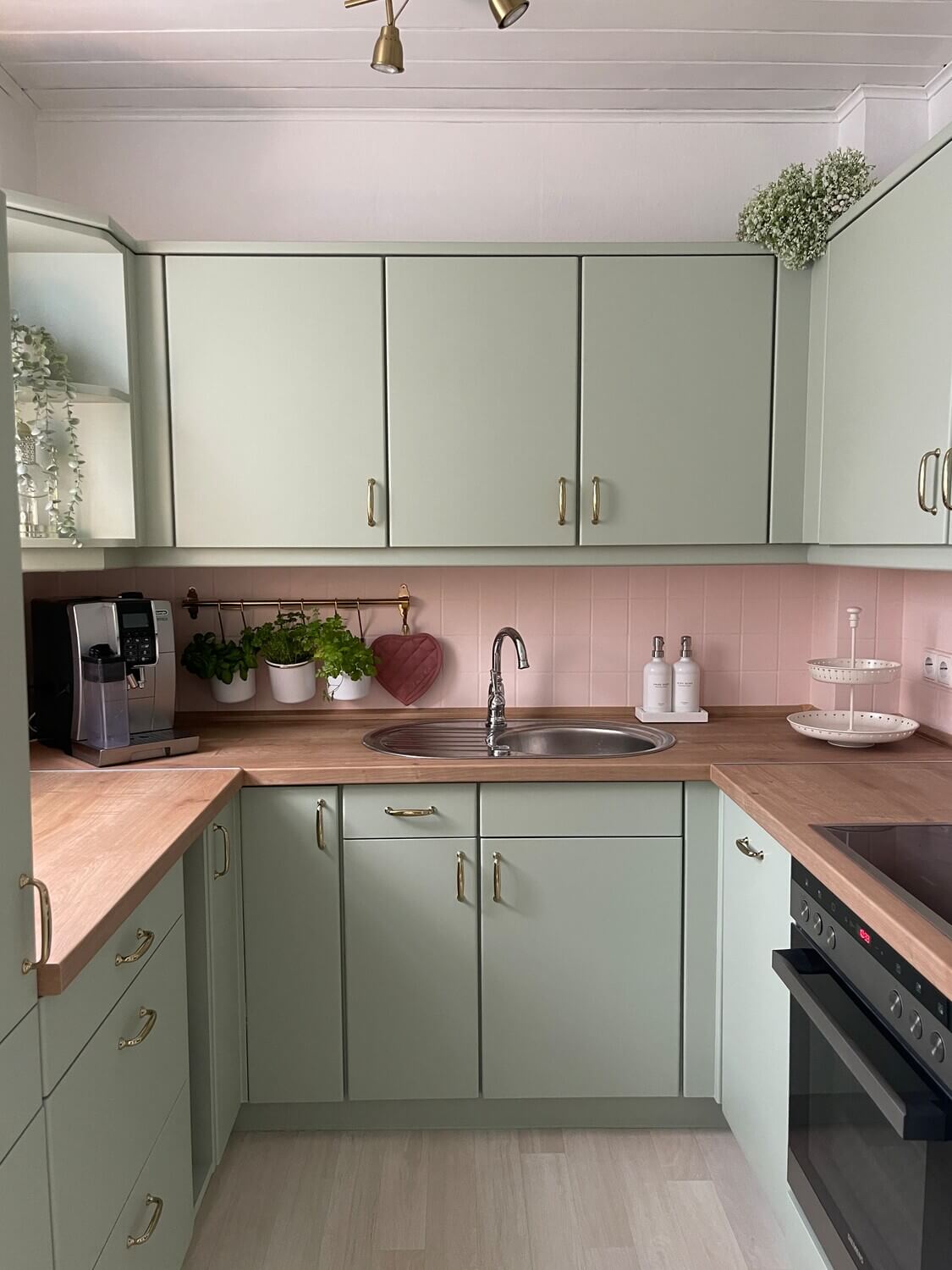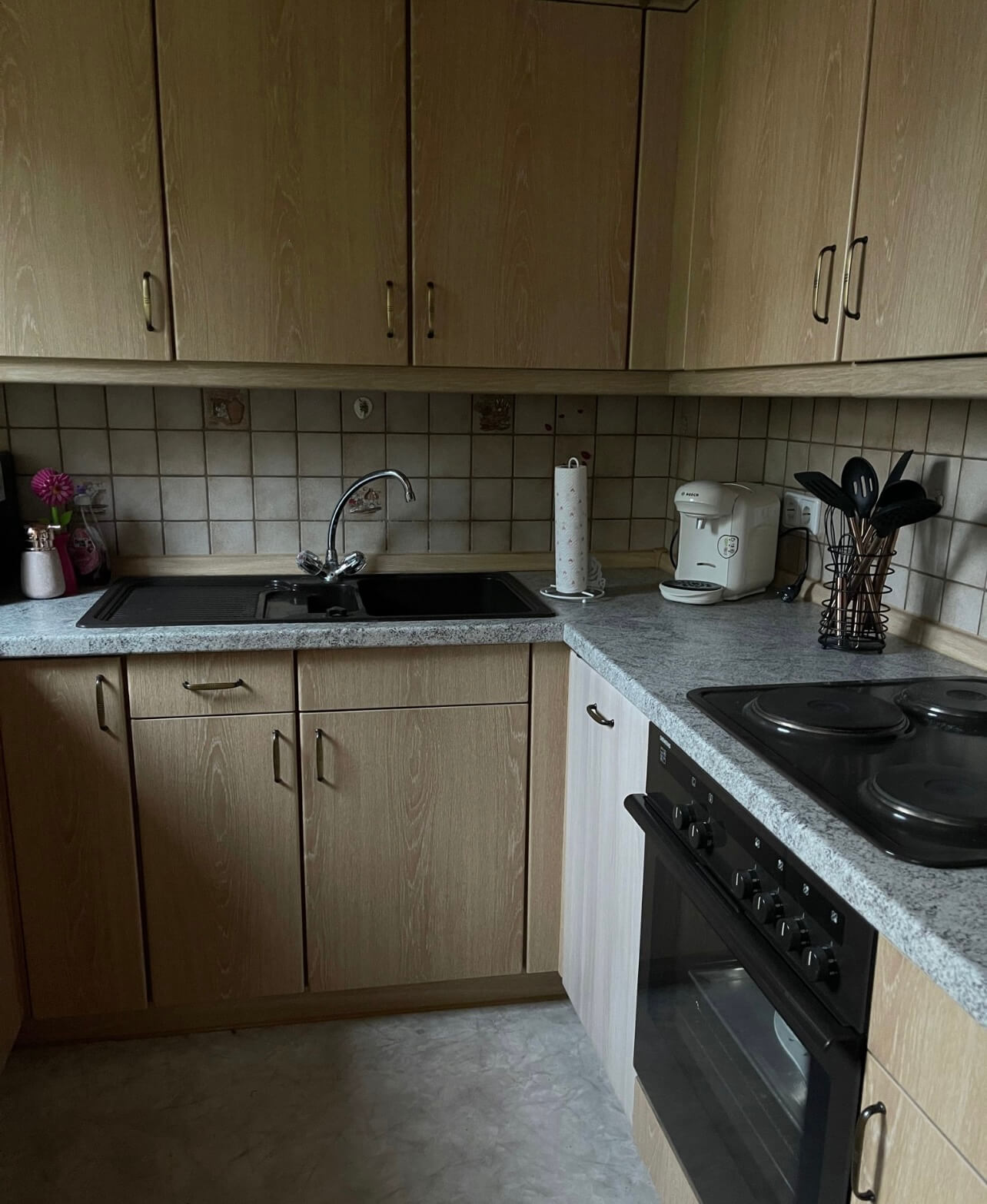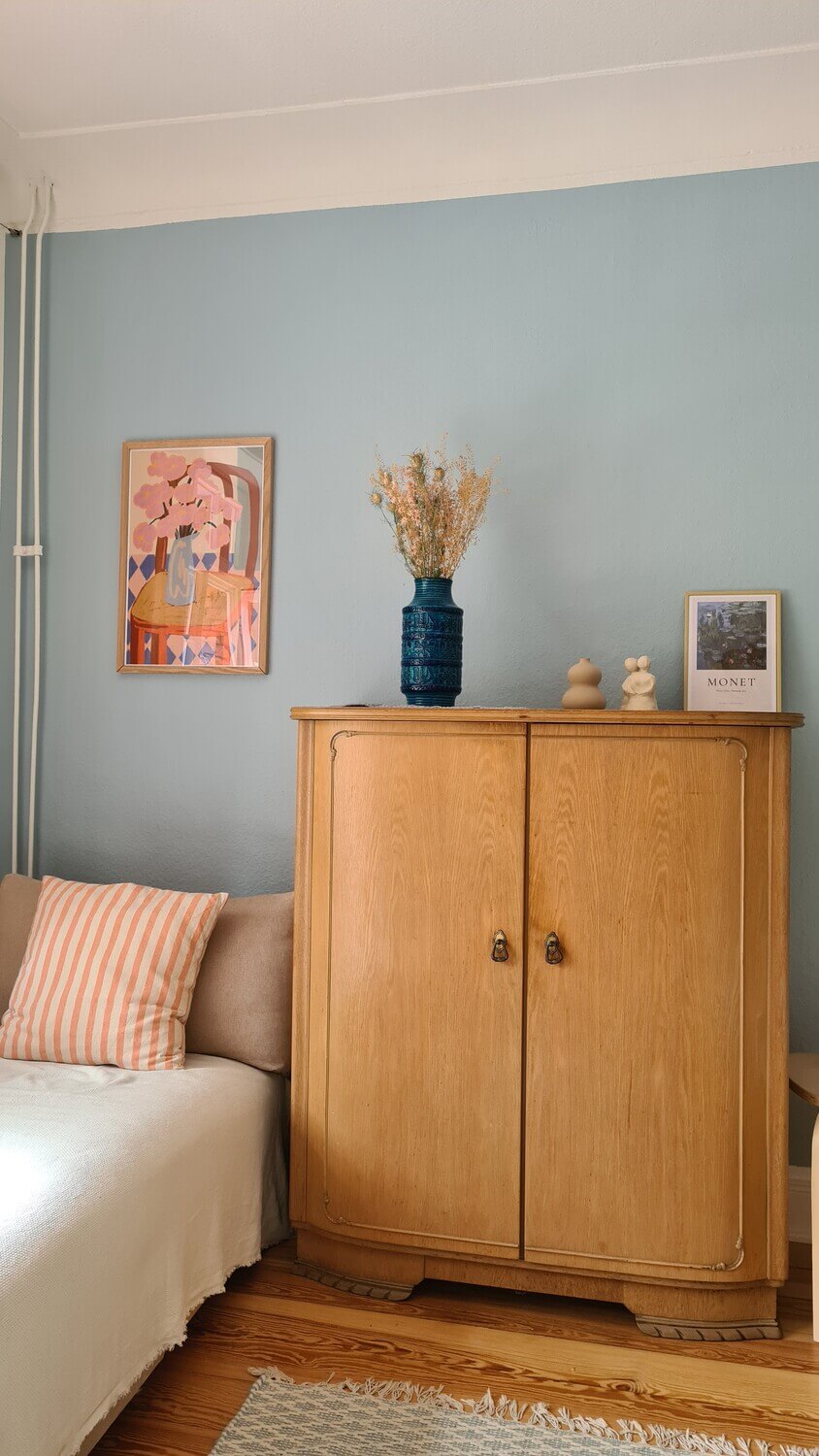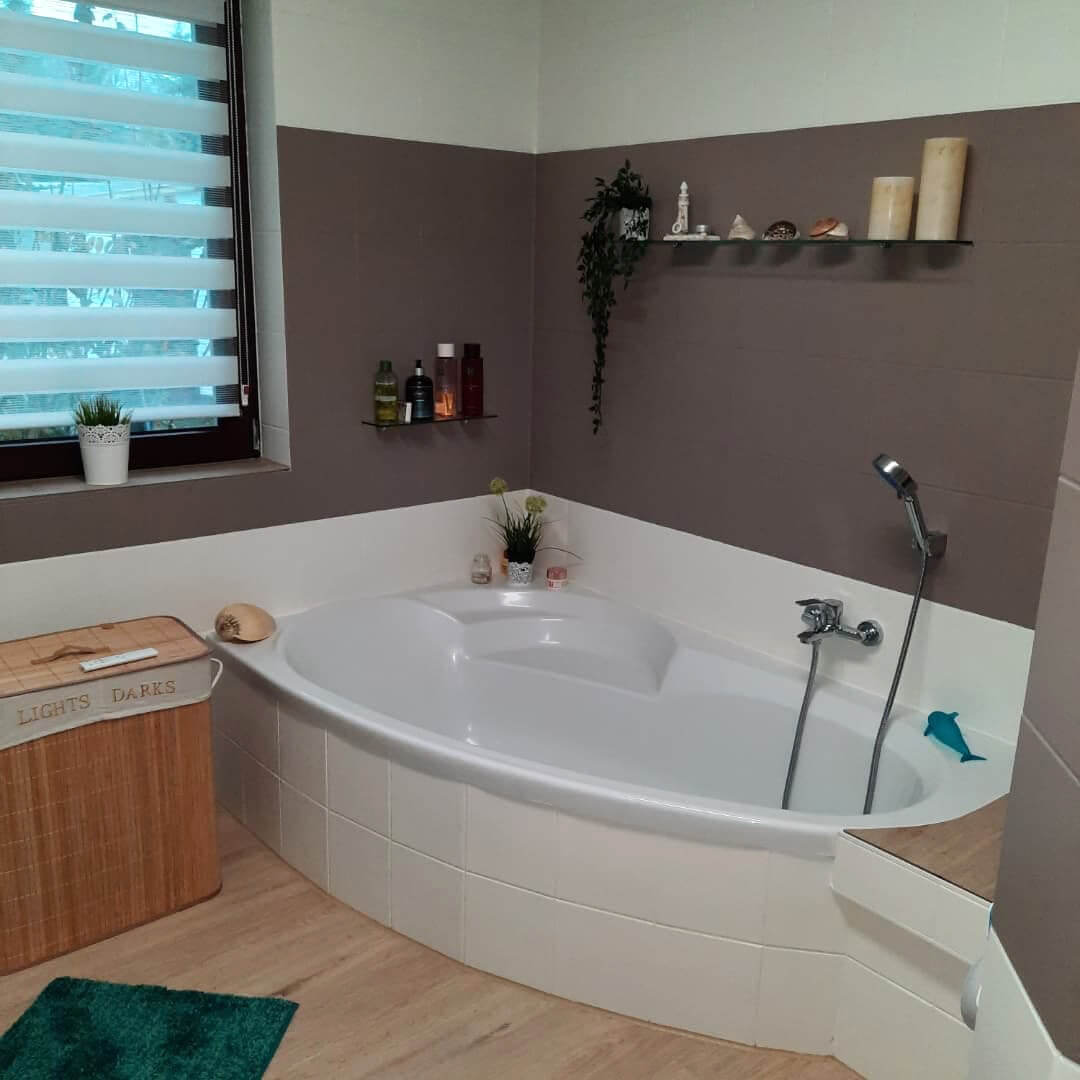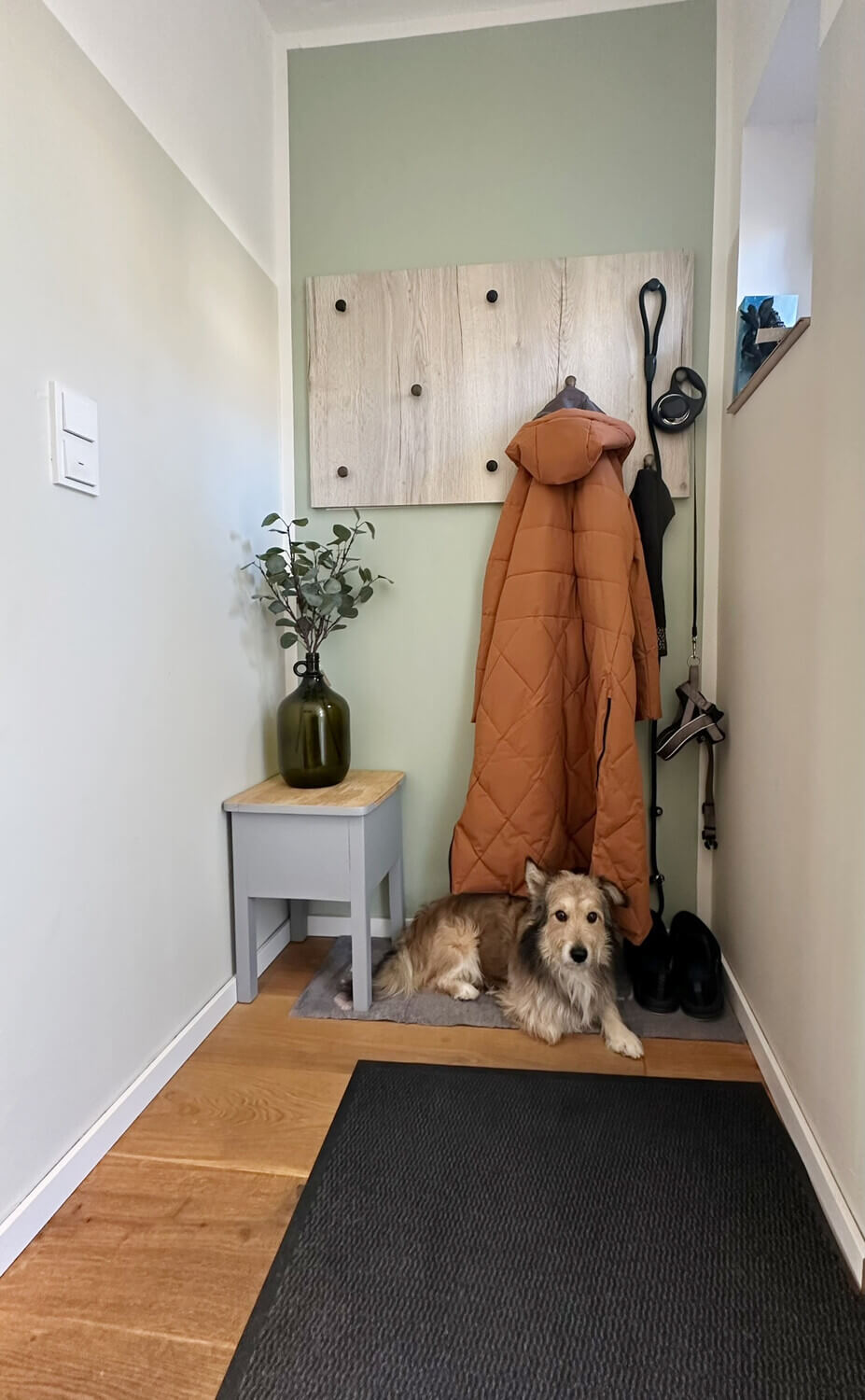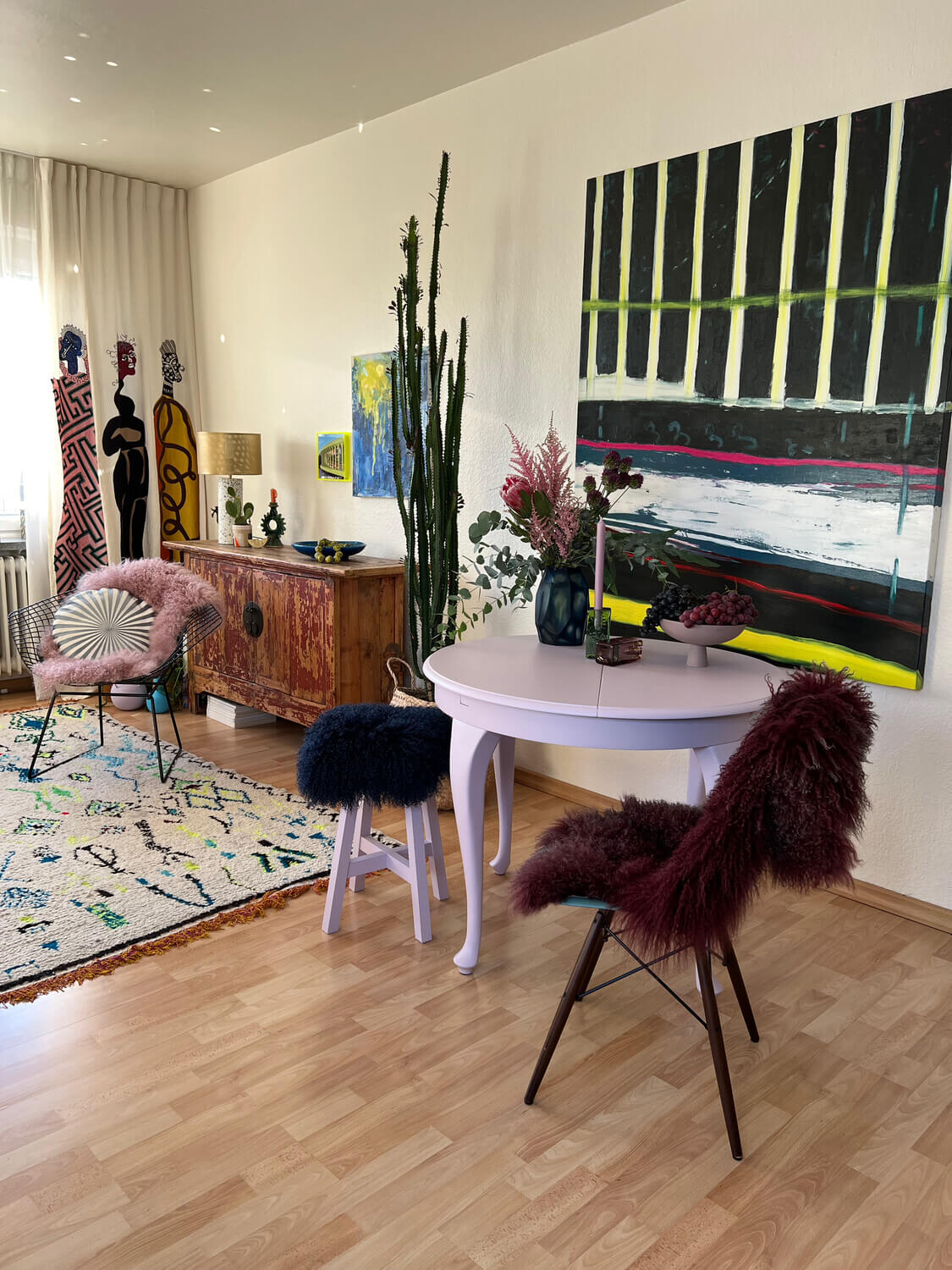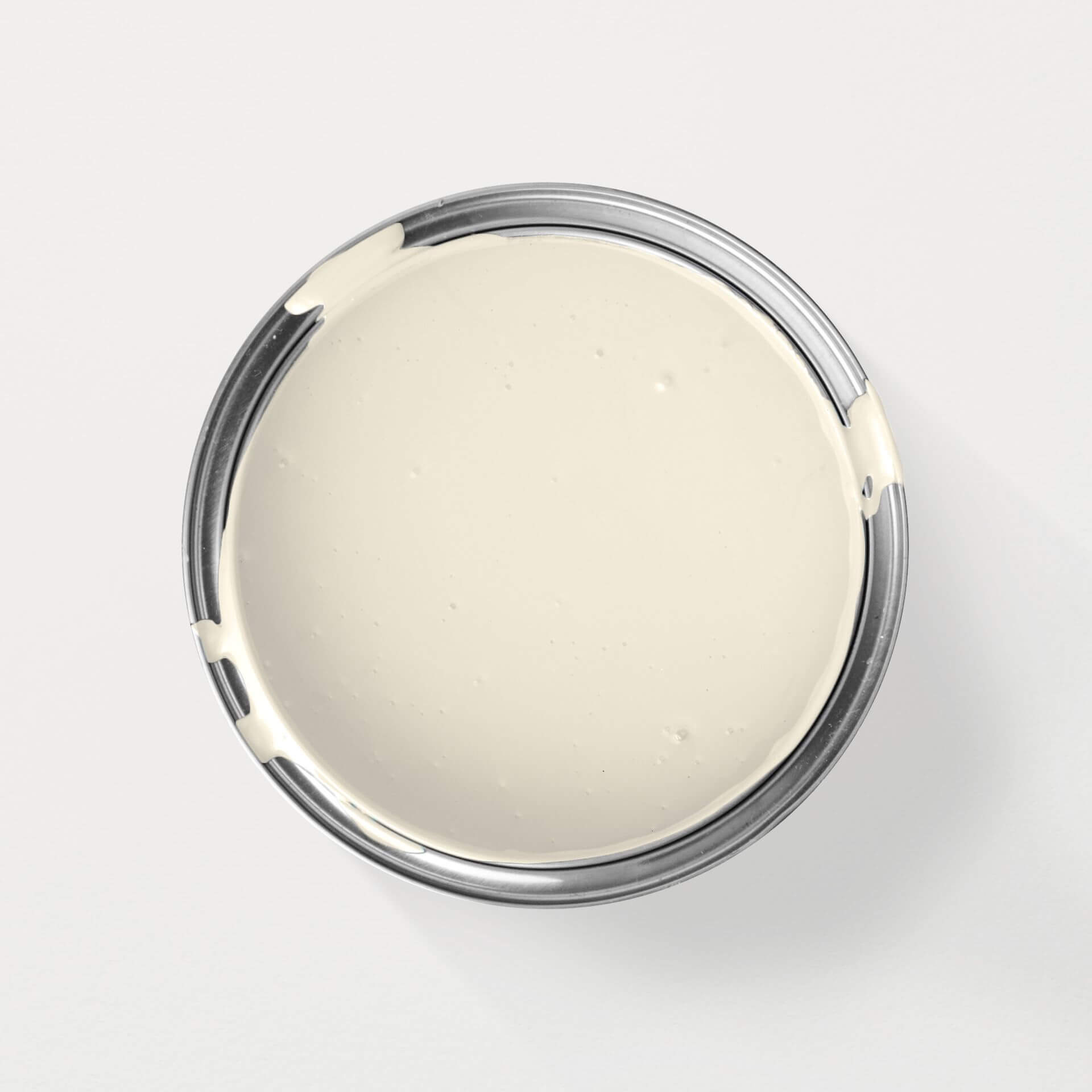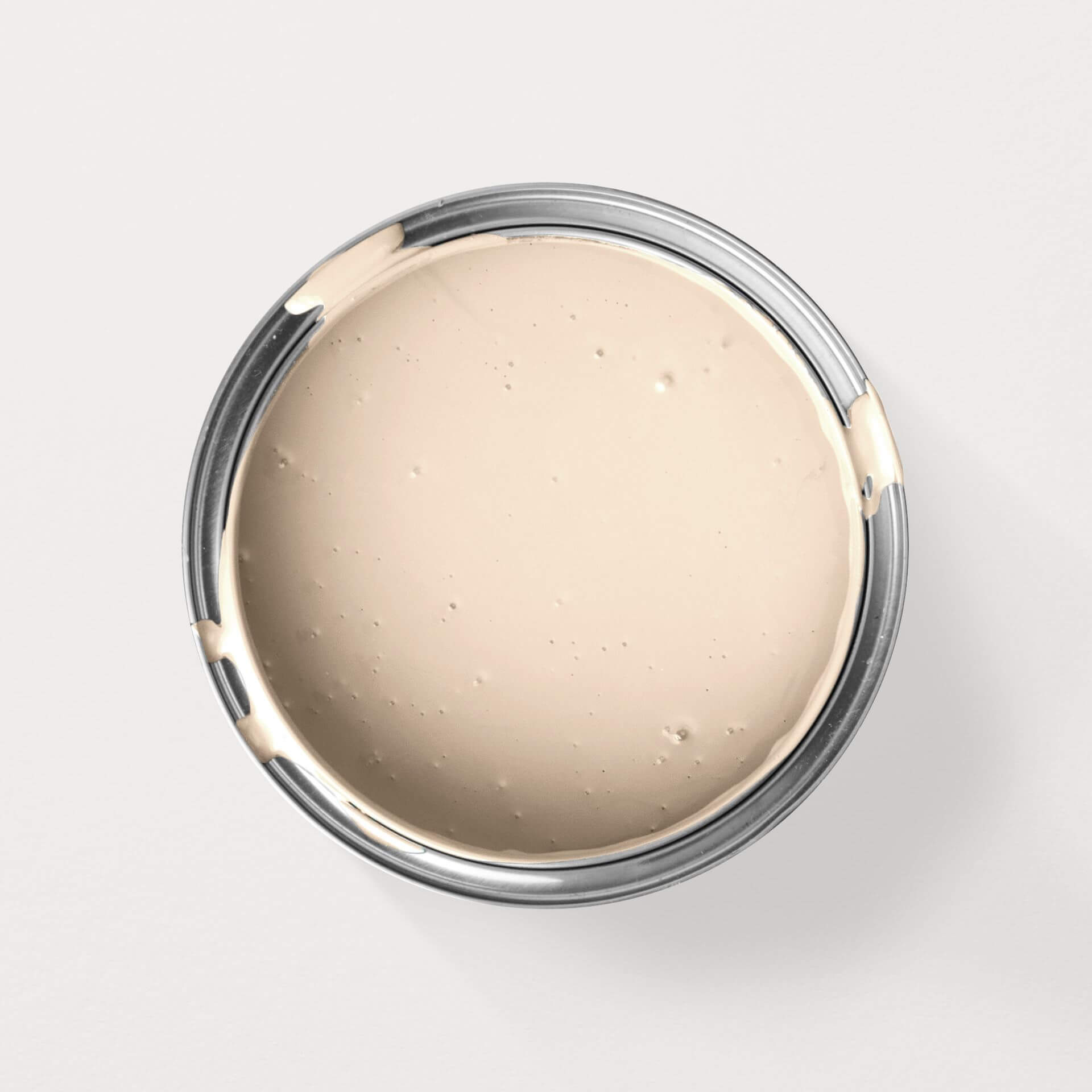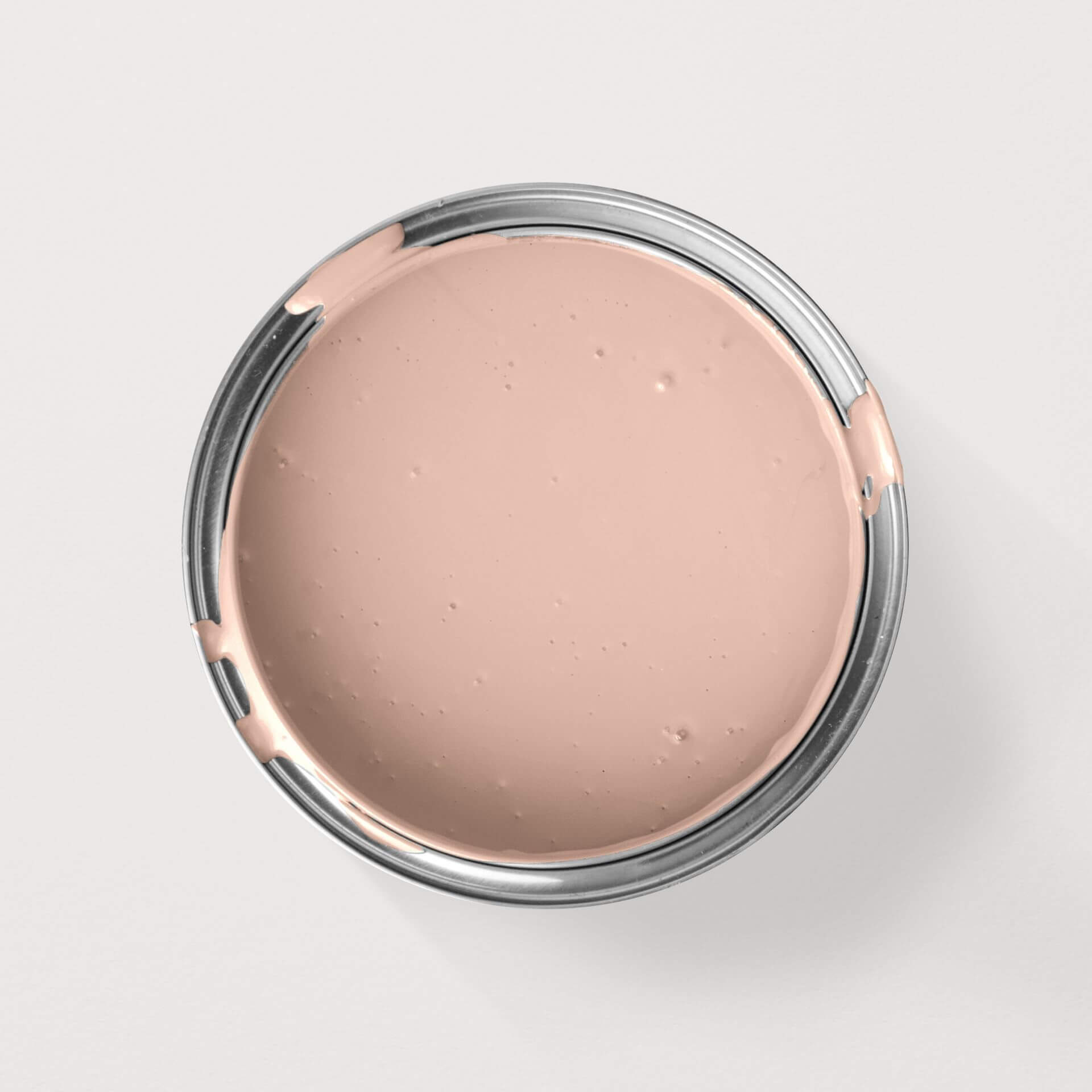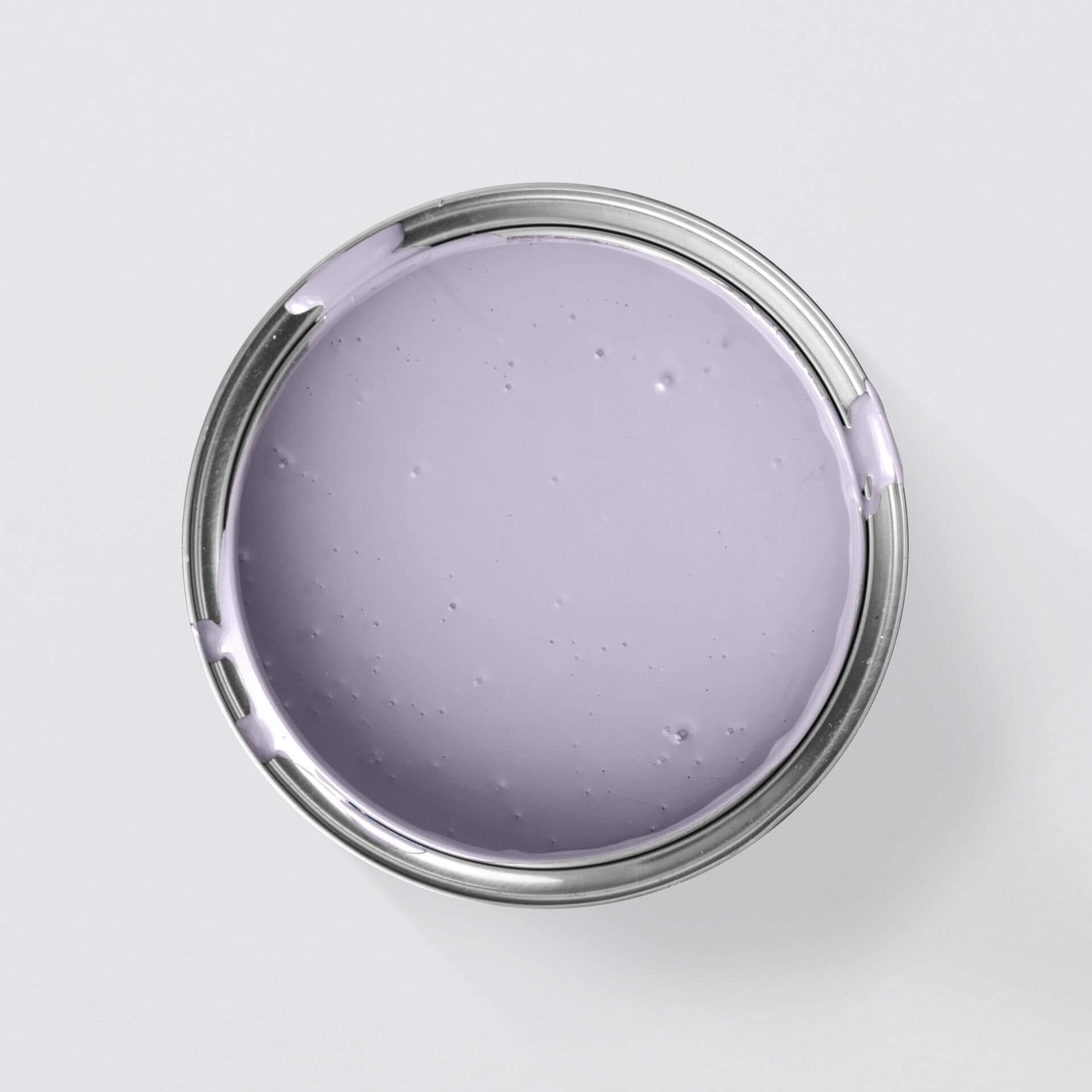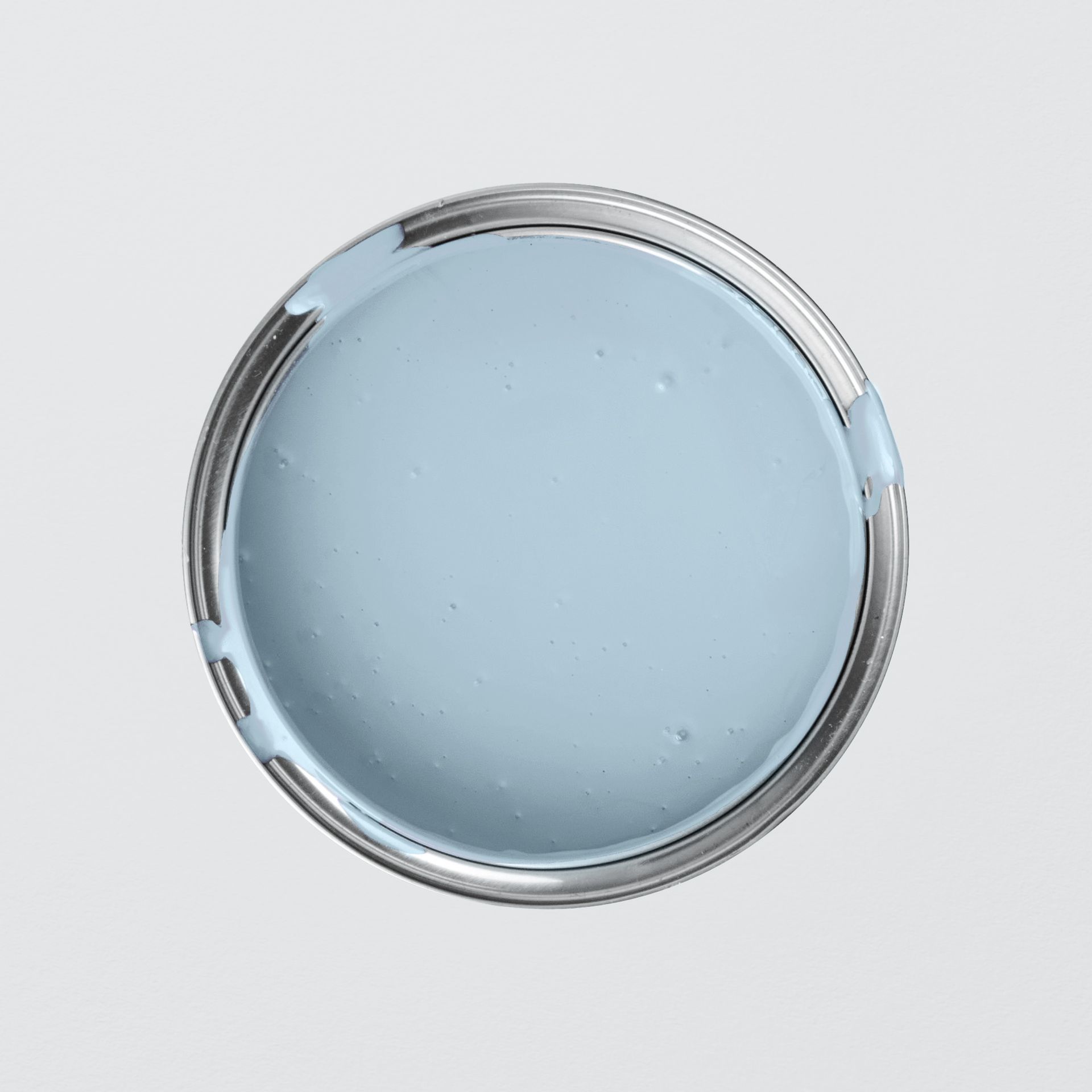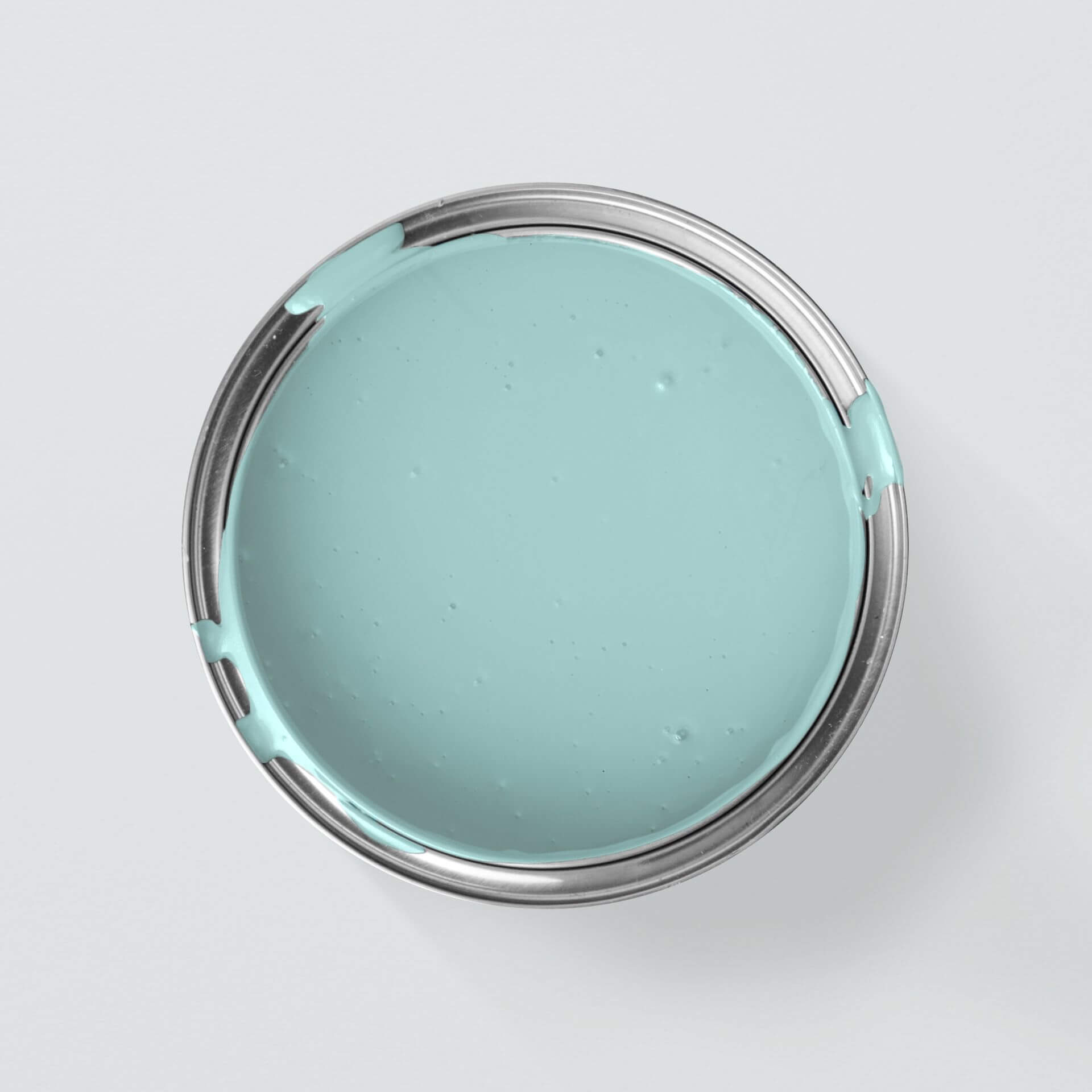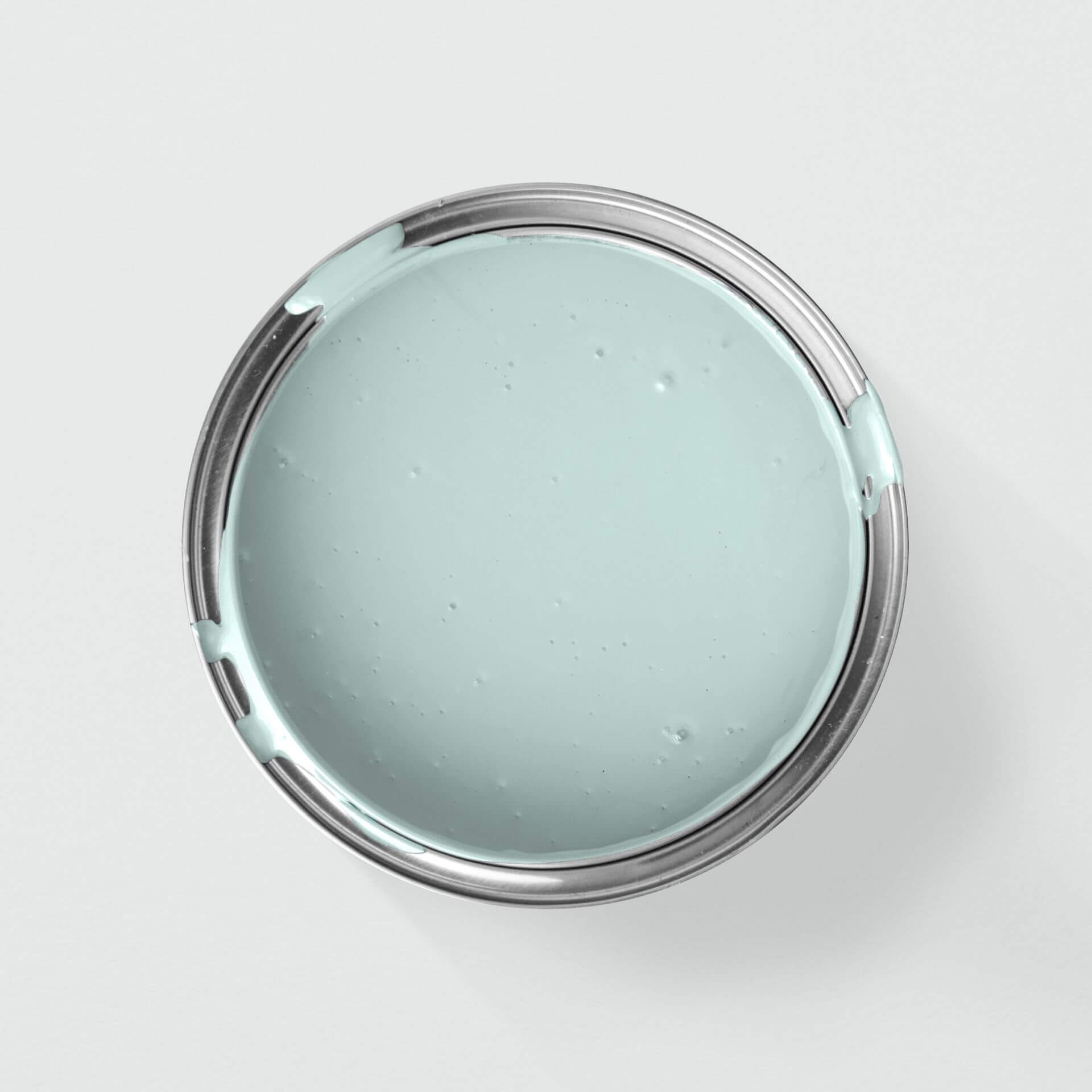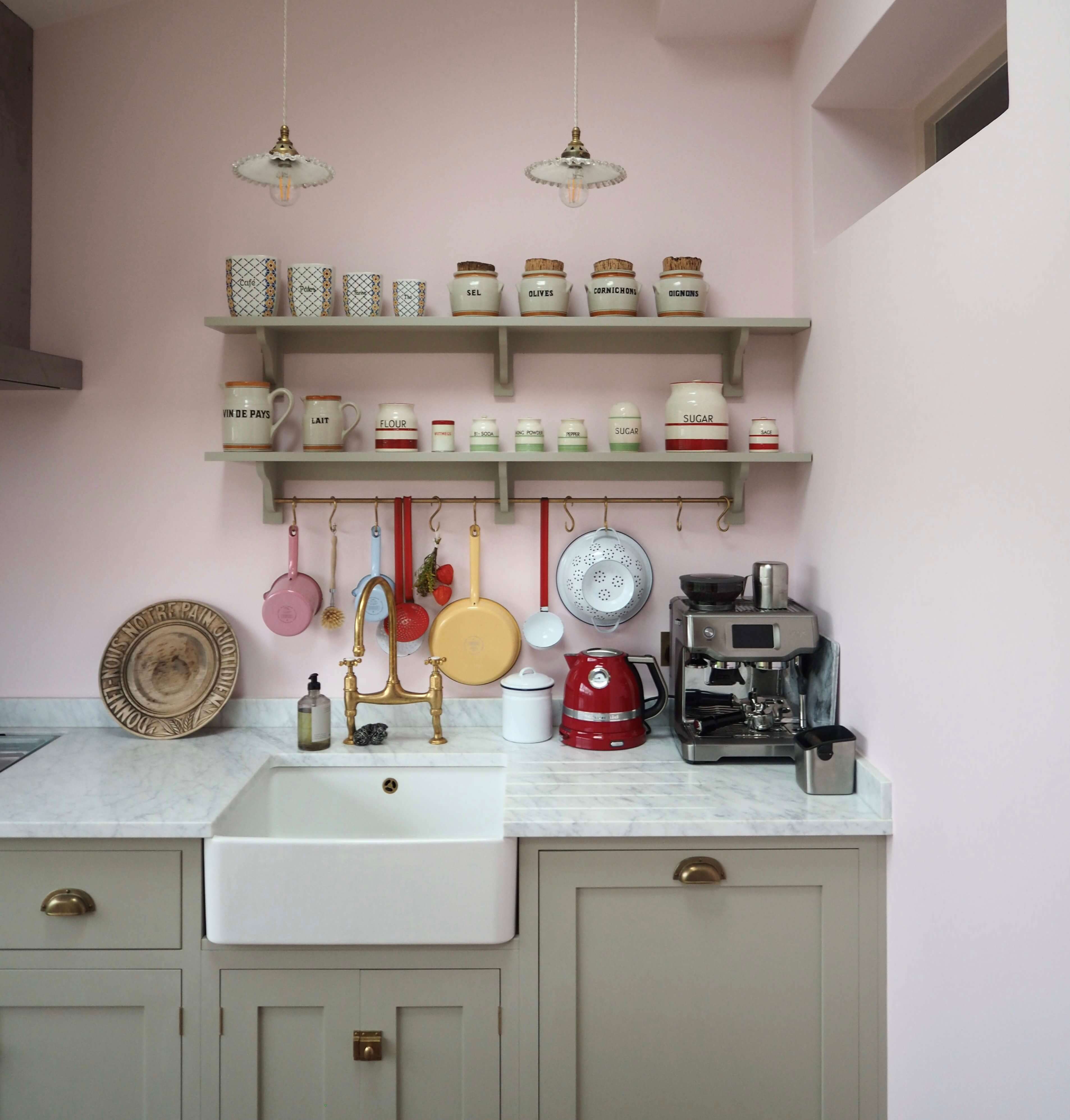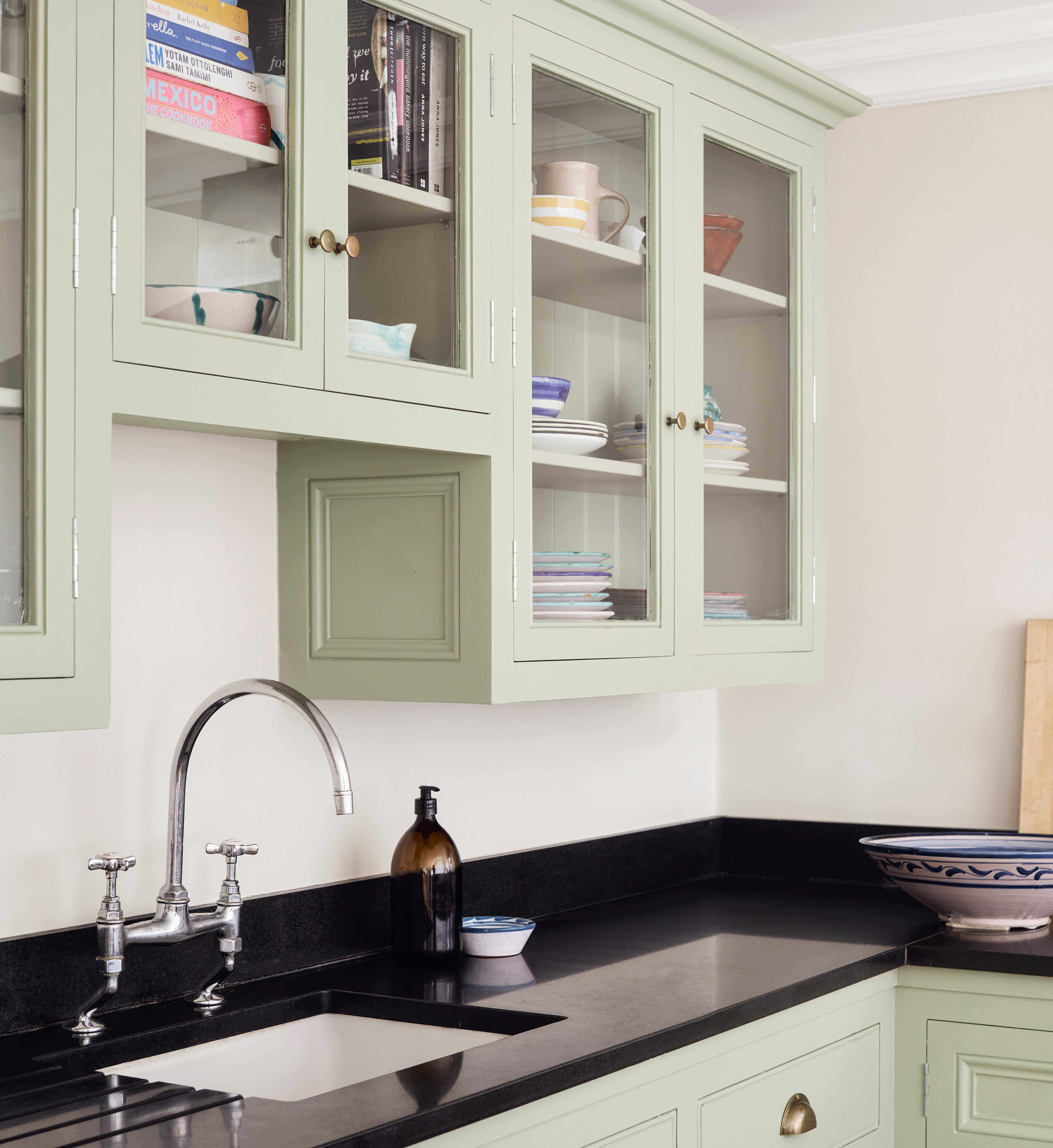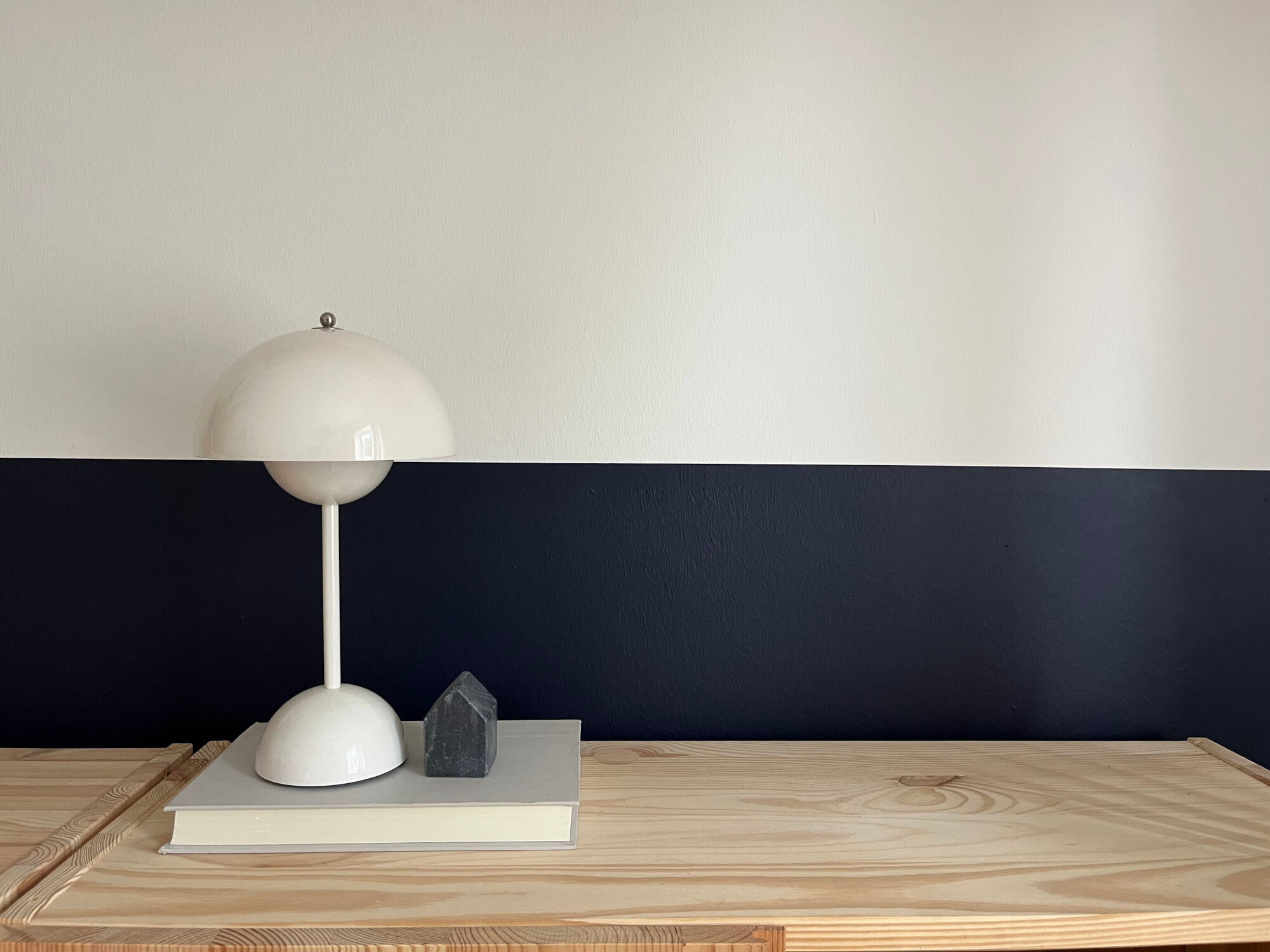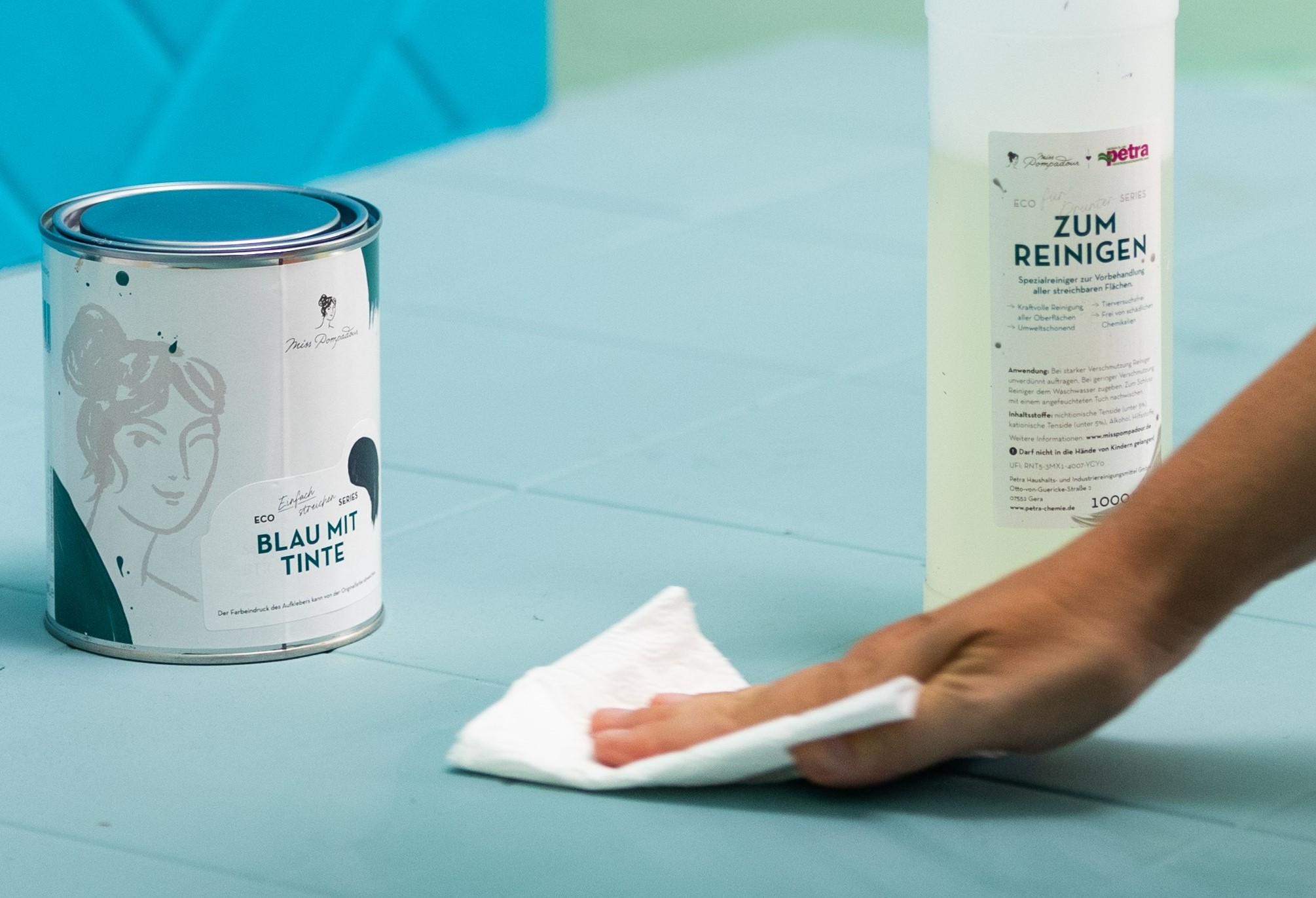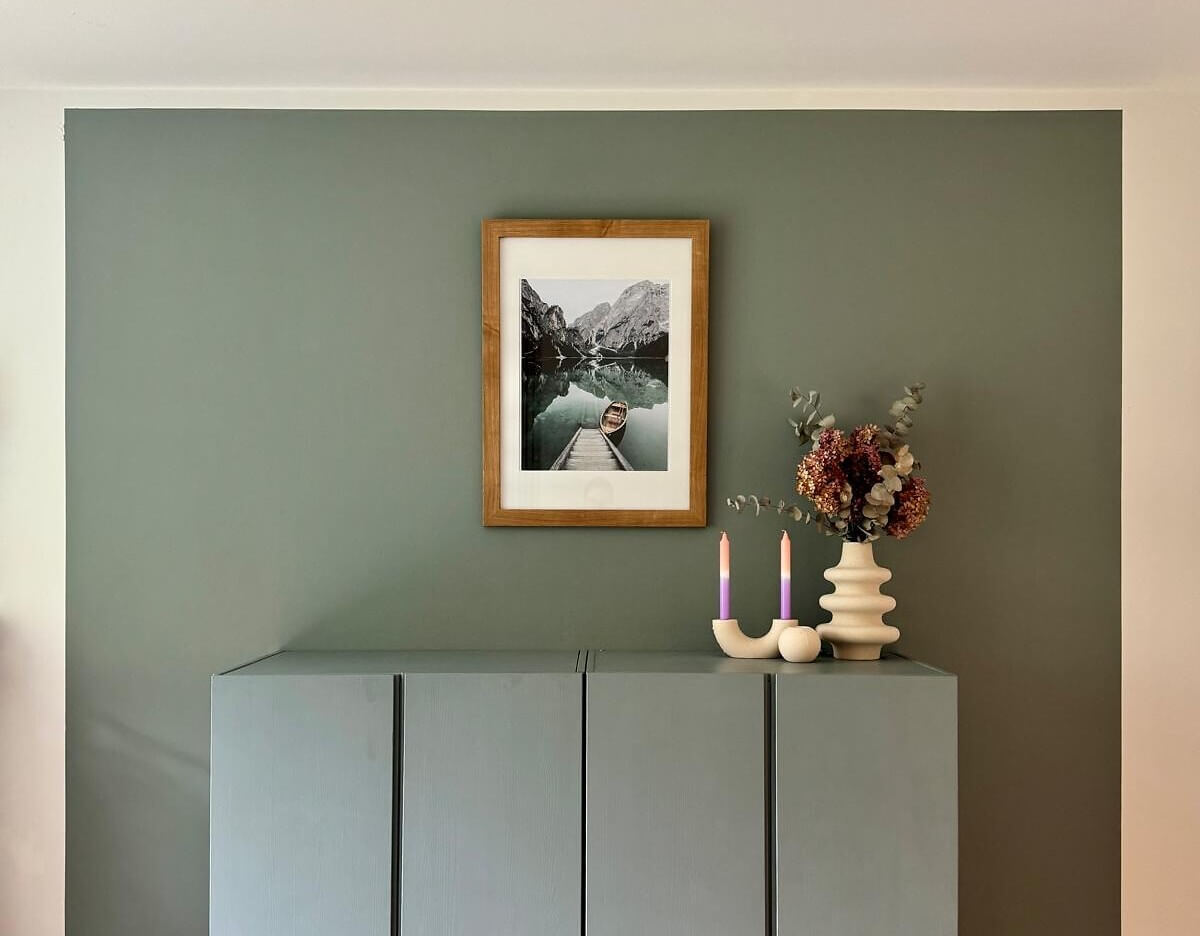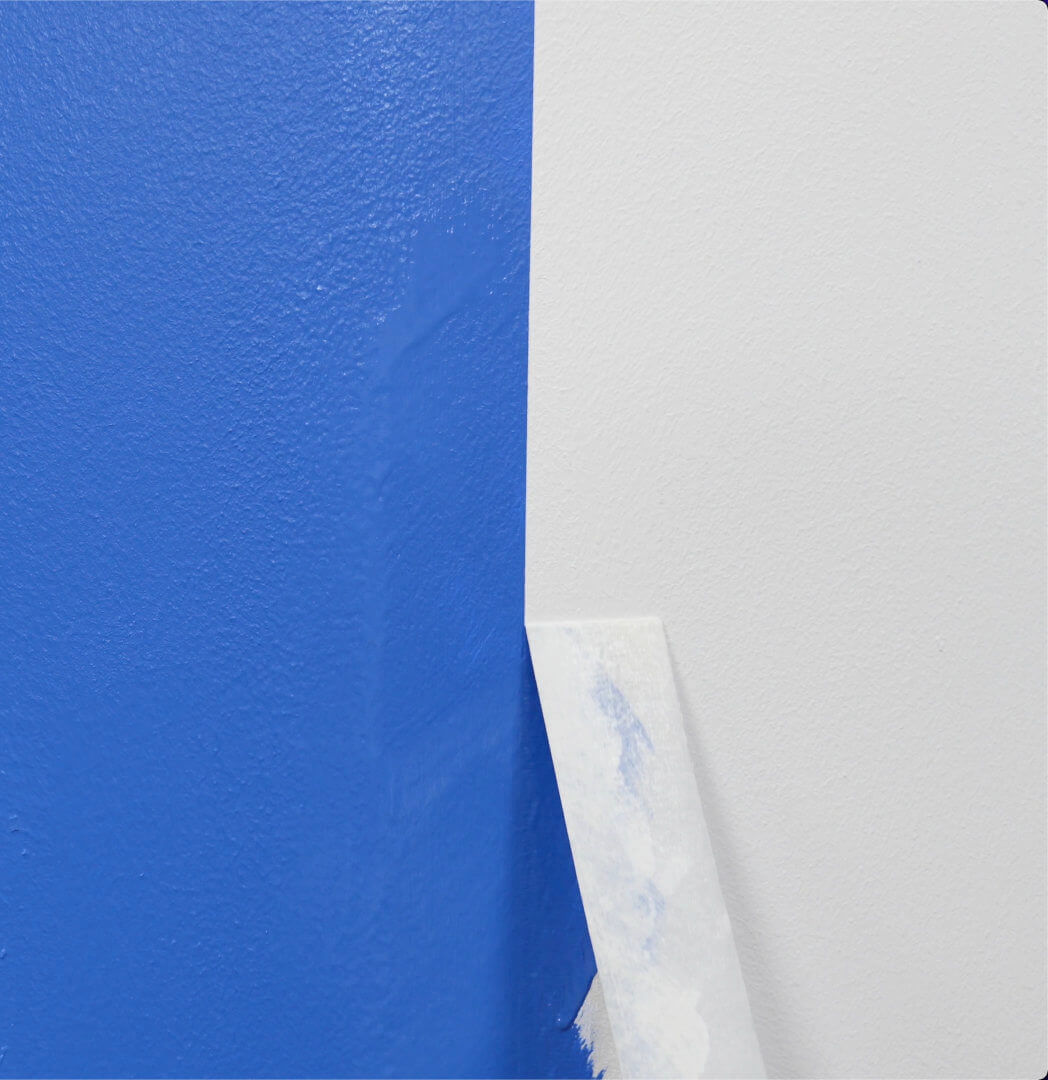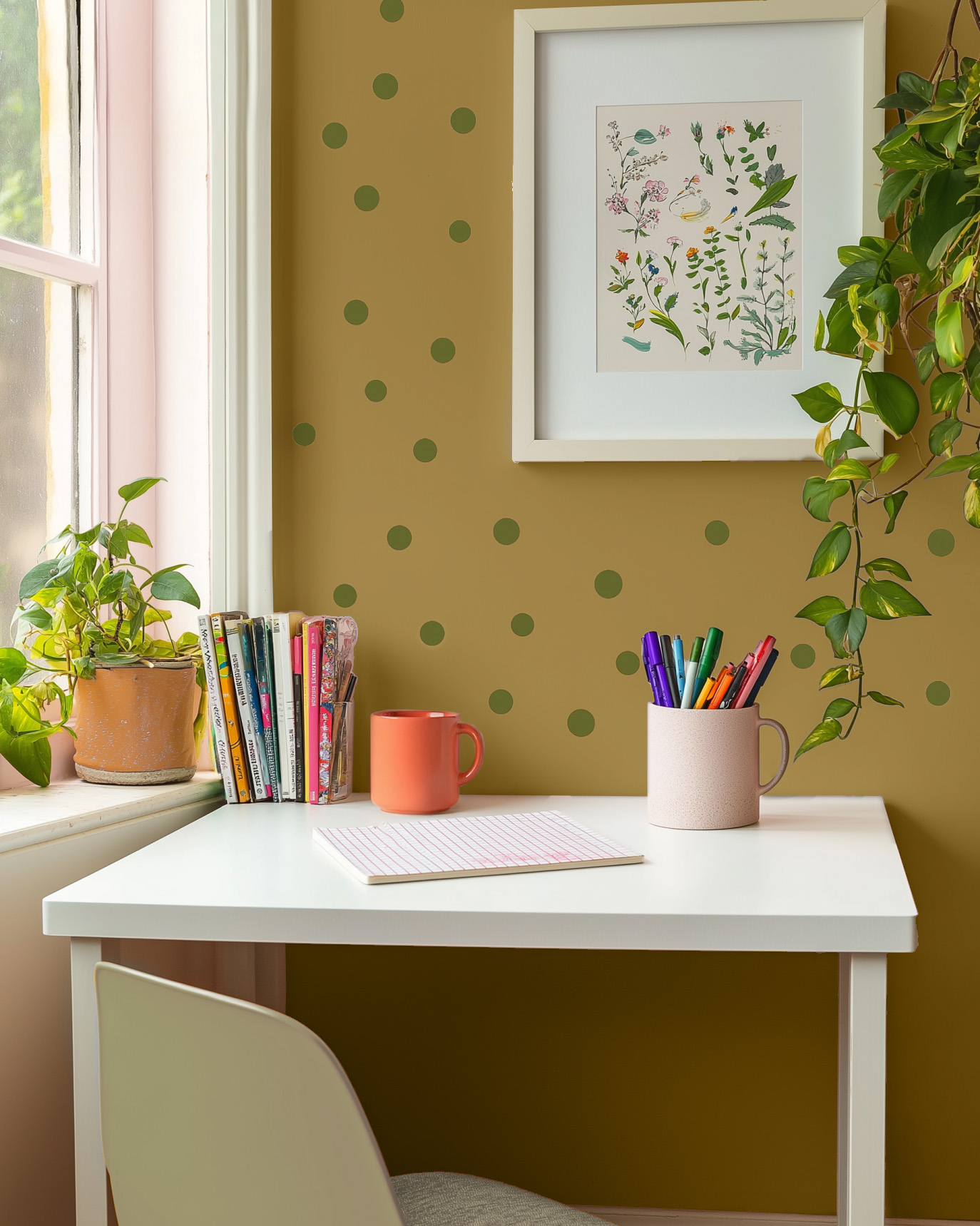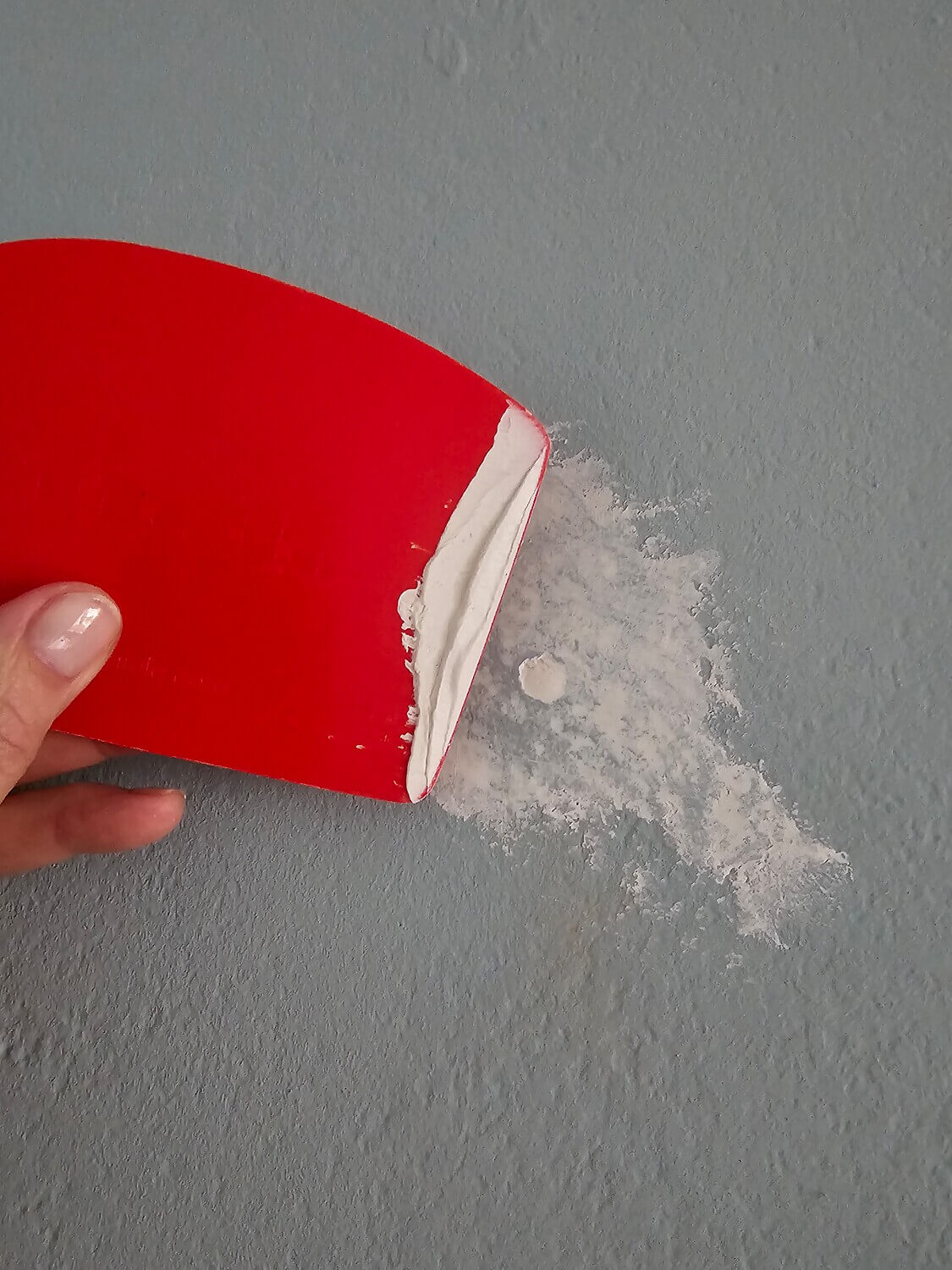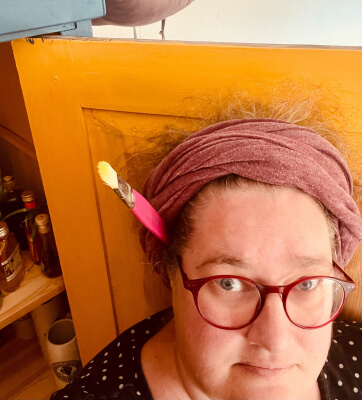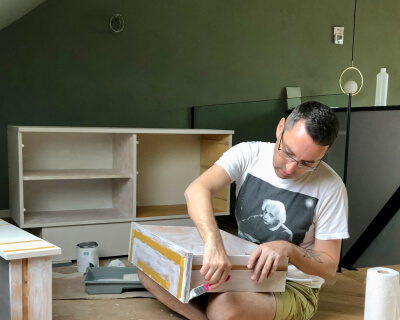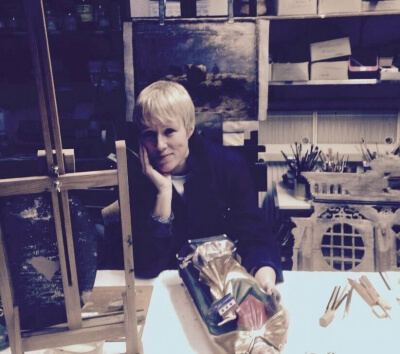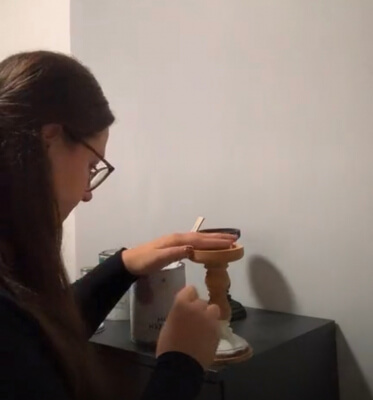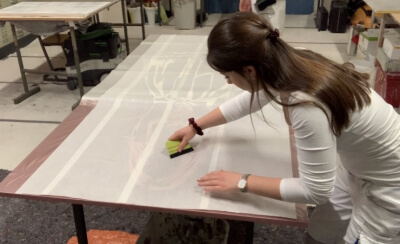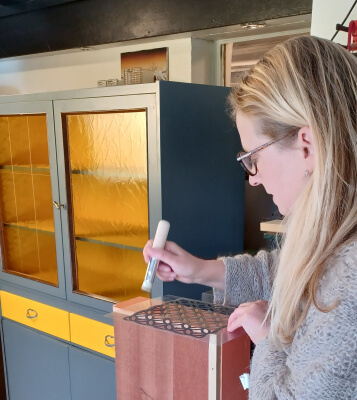Wall Paint Pastel: How to Paint Pastel Colours
5 min reading time
Are you longing for more colour and freshness within your four walls? Then we have the perfect guide for you: Find out how to bring the blossoming of nature into your home with delicate, airy pastel colours.
Walls in pastel colours: inspiration from our painting community
Especially in spring, we long for lightness again, when the world begins to blossom once more. wall paints in pastel shades bring this freshness and cosiness into your home all year round. The members of our MissPompadour Painting community will show you how to showcase pastel shades. Let them surprise and inspire you!
The right pastel colour for your home
Pastel colours are real trend colours. With the perfect combination, you can furnish your home elegantly and chicly with wall paints in pastel shades. Find out how you can best realise your ideas with wall paints in pastel colours
The colour scheme of pastel shades: Which colours belong to the pastel shades?
Originally a term from painting, pastel colours nowadays refer to the colour scheme of shades that are characterised by a high proportion of white and low saturation at the same time. At the same time, they still offer a strong luminosity because they do not contain any grey components. This means that the original colour shade is not distorted, but merely desaturated.
For your walls, this means that you can use clear colours that are not obtrusive.
Wall paint pastel from MissPompadour
Wall paints in pastel or varnishes in delicate pastel shades: The colour scheme from MissPompadourprovides you with numerous pastel colours. Whether you're looking for a delicate mint green, a light sky blue or a soft dusky pink, you'll find them all here!
Chalk paints as wall paint: pastel colours
Pastel colours: wall paint in the bedroom, living room, kitchen and hallway
Thanks to their versatility, wall paints in pastel colours can be used in any room in your home
If you are looking for a pastelwall paint for your bedroom, we recommend pastel green, a light blue or, for lovers of romantic living styles, a soft, warm dusky pink. Combine with white furniture and bed linen in subtle or natural colours, shades of grey or white. With this combination, you'll do everything right with pastel colours in your bedroom.
Ideal pastel colours for your bedroom:There are also plenty of ideas for wall design in pastel colours for your living room: For an open and invigorating atmosphere, you can paint one or two adjacent walls with a pastel yellow. This is particularly suitable if you have a light or even sky blue sofa. If you want to relax in your living room, choose a soft green or beige colour. Unlike yellow, you can paint large areas of your living room with pastel wall paint, while soft purple tones, which really only add a touch of colour to your living room walls, provide a boost of creativity. However, the colour purple can be overwhelming on all walls, which is why we recommend one or two accent walls. You can then add a warm white, such as White with Vanilla. You can also use White with Sun to bring warmth and cosiness into the room. Wallpapers in complementary colour shades are also an enrichment for your living room
Ideal pastel colours for your living room:
You can of course also paint your kitchen in pastel colours. Create a good mood with stimulating colour shades, whether on your walls or furniture. With varnishes in pastel colours, you can transform your kitchen fronts with an old-fashioned wood look - and thus your entire kitchen into an oasis full of vitality in no time at all. All pastel shades from the Just paint Collection by MissPompadour as well as LittlePomp and CosyColours are also available as varnishes!
Combine a pastel orange on your walls with a fresh green or subtle brown, for example, because you can furnish a room with pastel colours without weighing it down. Thanks to their low saturation, they can also be used in small rooms without making them look smaller.
Ideal pastel colours for your kitchen
Pro tip: Try it out for yourself and give your kitchen fronts and furniture a fresh look for the warm season! We explain how to prepare your kitchen furniture for painting and how to realise your ideas in our blog on painting kitchen furniture.
Your hallway and entrance area will also benefit from the lightness of pastel wall paints. Use pastel colours for the wall paint in the hallway, as their brightness enriches the mostly windowless room without darkening it. When selecting the colour, pay particular attention to how it looks in all lighting conditions, i.e. with natural and artificial light, as well as when it is only illuminated by windows in adjacent rooms. This will ensure that you are completely satisfied with the chosen colour shade. Simply use our colour-cards to make your choice easier.
Ideal pastel colours for your hallway
Pro tip: Paint the ceiling in the same colour shade for a uniform look. This frames the hallway and makes it look harmonious. For more inspiration and tips, we have an article on painting hallways for you.
The elegant effect of pastel colours
With pastel wall paints, you can realise all your ideas without creating a cluttered impression. You can achieve an extremely elegant result by combining pastel shades with grey walls or furniture. Especially with dark grey, such as our Grey with Black, both the pastel trend colours and the otherwise rather clean colour shade are shown to their best advantage.
If you prefer a bright and fresh interior, paint an accent wall in pastel colours and the surrounding walls in white. This gives you a clear wall design with pastel colours and allows you to stick to a minimalist living style at the same time.
Step-by-step: Painting pastel wall paints the right way
Step 1: Preparing the walls
If you want to paint your walls in pastel colours, make sure you have a white background beforehand. This will really bring out the luminosity of your colour shade.
Step 2: Masking & Protecting the Floor
Tape down your walls - this is especially helpful if you want to leave a border at the top and sides. You can find out how to mask perfectly in our article on painting walls
Even though our paints hardly splatter, you should protect the floor and the surrounding area with a plastic drop cloth or a painter's fleece, at least in the immediate area.
Step 3: Painting the pastel colour
Now you have chosen your perfect pastel colour, the wall is prepared and the rest is protected
Stir your paint thoroughly to distribute the pigments evenly. Pour the paint into a paint tray to make it easier to spread. This also prevents contamination of the original can. Then paint the surface with a paint roller or brush. Areas at the edge of the wall can be painted particularly well with a brush.
Note: Make sure to paint the surface quickly and evenly with the roller. Apply the second coat after 4 to 6 hours. Finally, carefully remove the tape while the paint is still wet.
FAQ: Frequently asked questions
If you still have questions about pastel colours, we have compiled the most frequently asked questions for you:
Which furniture goes well with pastel shades?
If you want to create an elegant effect in your home, use anthracite or grey furniture. They go well with any pastel shade and look chic too.
White is ideal for a clear interior style and can be combined with any pastel shade, e.g. in the form of furniture.
Pastel colours: How often should walls be painted?
As with all our colours, we recommend at least 2 coats for pastel colours. If you have pre-painted with white, this should be sufficient. Depending on the substrate, a third coat may be useful.
Materials and tools for painting with pastel colours
- plastic drop cloth or newspaper: Our plastic drop cloth is suitable for protecting the floor against paint splashes.
- Adhesive tape: Our To Mask - MissPompadour Adhesive Tape is a valuable tool for protecting window and door frames, skirting boards etc.
- Brush or paint roller: To Paint large areas, choose a wide brush or preferably a paint roller. We recommend using a bevelled brush such as our To Paint - Fine MissPompadour Brush so that you can also reach corners and edges easily.
Finished reading yet?
Here you will find more exciting topics

